Men's hiking jackets
-
Kick-ass outdoor.
-15% EXTRA on Hiking and Bivouac universes. Code: OUT15
Offer valid from 05/09 to 05/22. Excluding brands not subject to promotional offers.
Code: OUT15 -

OUT15
289,90 €
-

−25%
OUT15
- Prix habituel
-
399,90 € - Prix soldé
- 299,90 €
−25%
-

549,00 €
-

OUT15
149,90 €
-
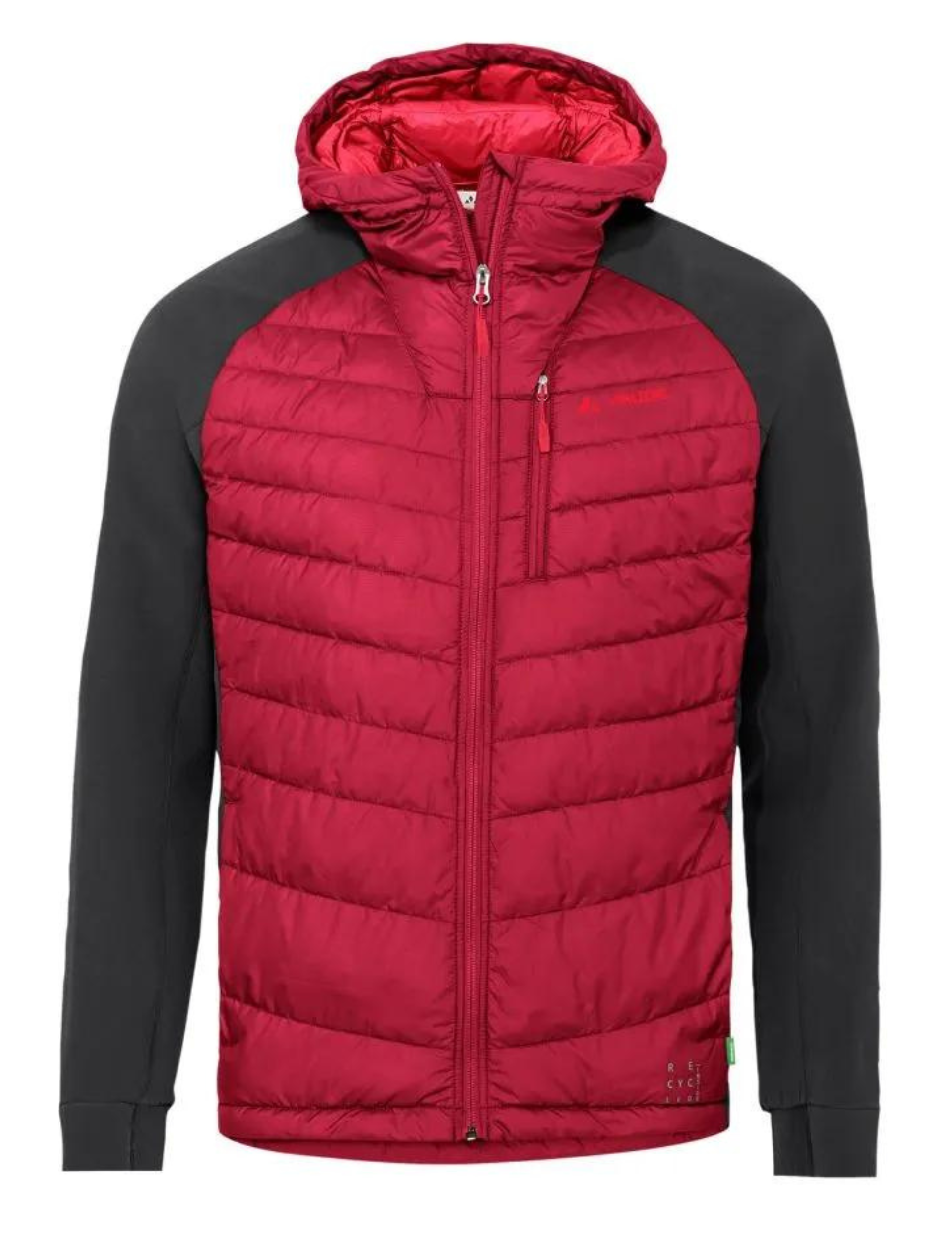
−25%
OUT15
- Prix habituel
-
189,90 € - Prix soldé
- 141,90 €
−25%
-

−20%
OUT15
- Prix habituel
-
229,90 € - Prix soldé
- 182,90 €
−20%
-
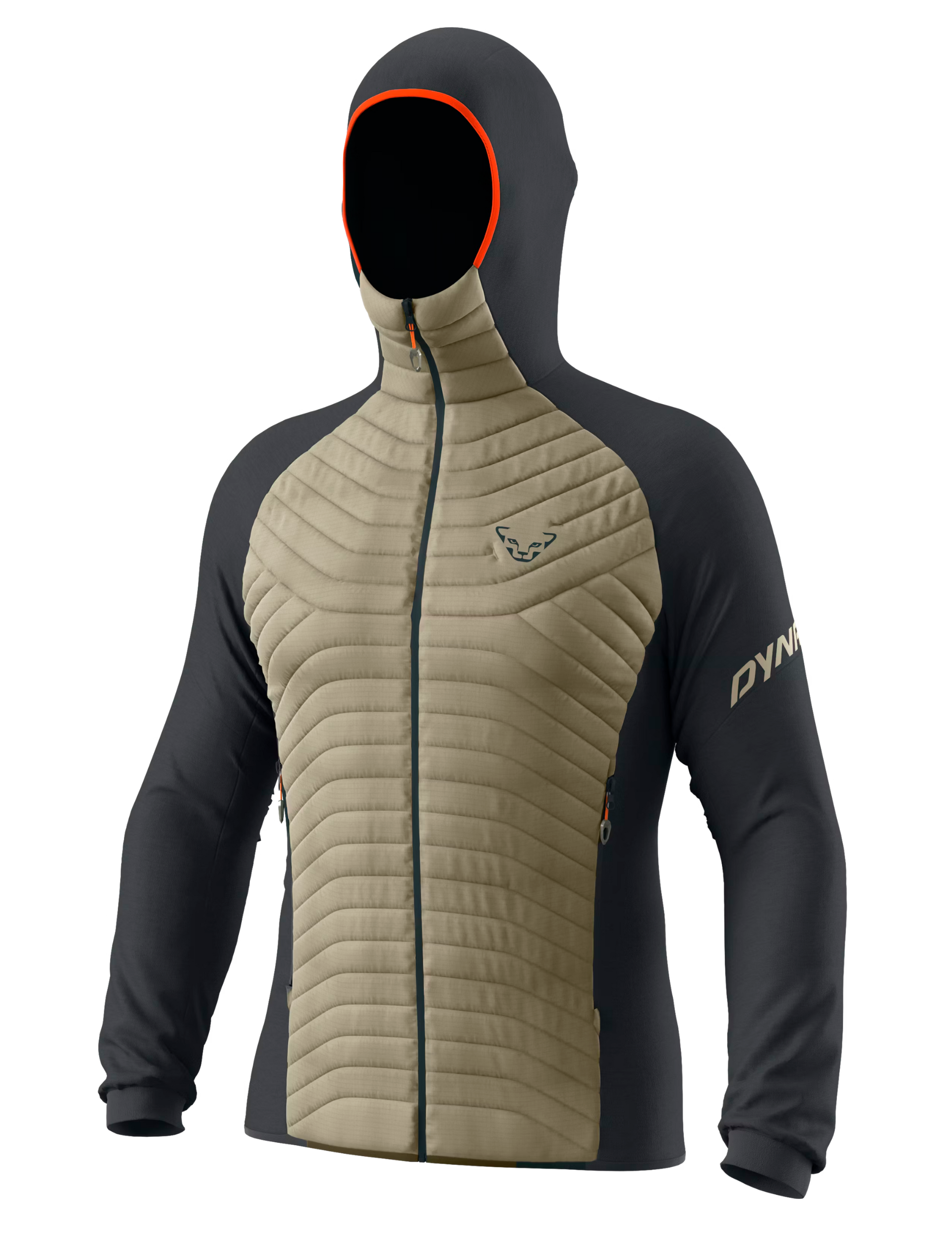
−20%
OUT15
- Prix habituel
-
229,90 € - Prix soldé
- 182,90 €
−20%
-

−30%
OUT15
- Prix habituel
-
249,90 € - Prix soldé
- 174,90 €
−30%
-
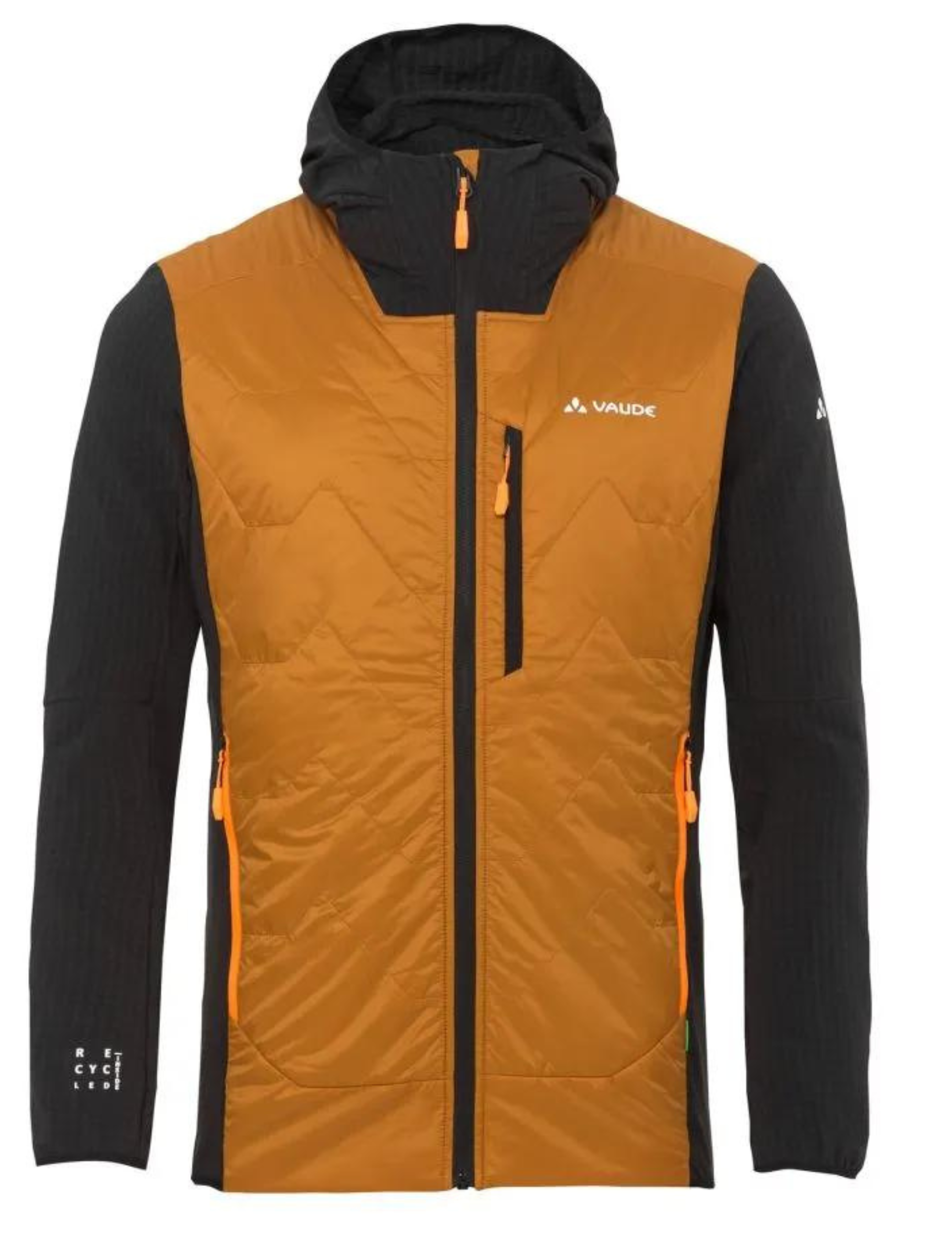
OUT15
199,90 €
-

OUT15
199,90 €
-

−30%
OUT15
- Prix habituel
-
149,90 € - Prix soldé
- 104,90 €
−30%
-
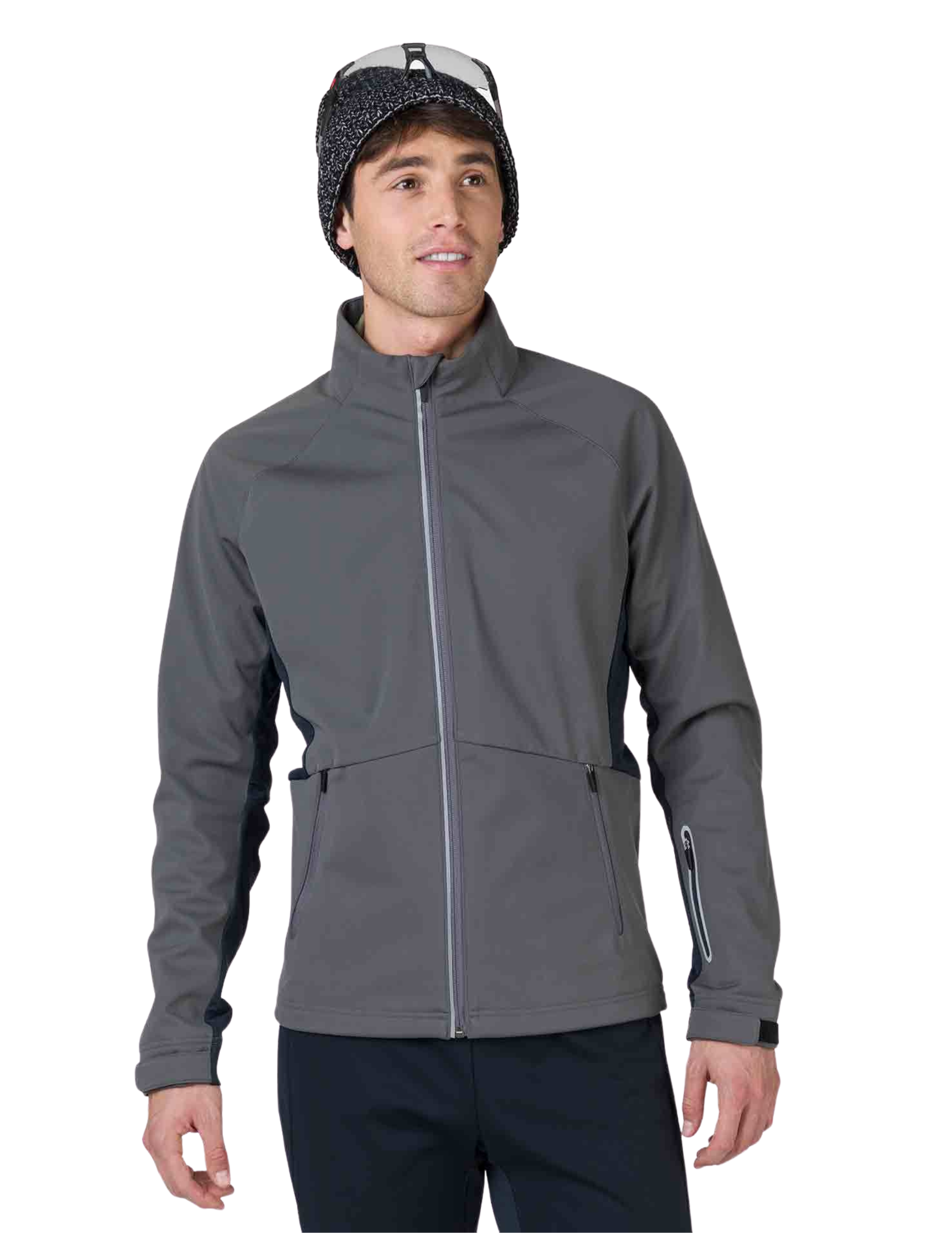
−20%
OUT15
- Prix habituel
-
194,90 € - Prix soldé
- 155,90 €
−20%
-

−25%
OUT15
- Prix habituel
-
269,90 € - Prix soldé
- 199,90 €
−25%
-

549,00 €
-
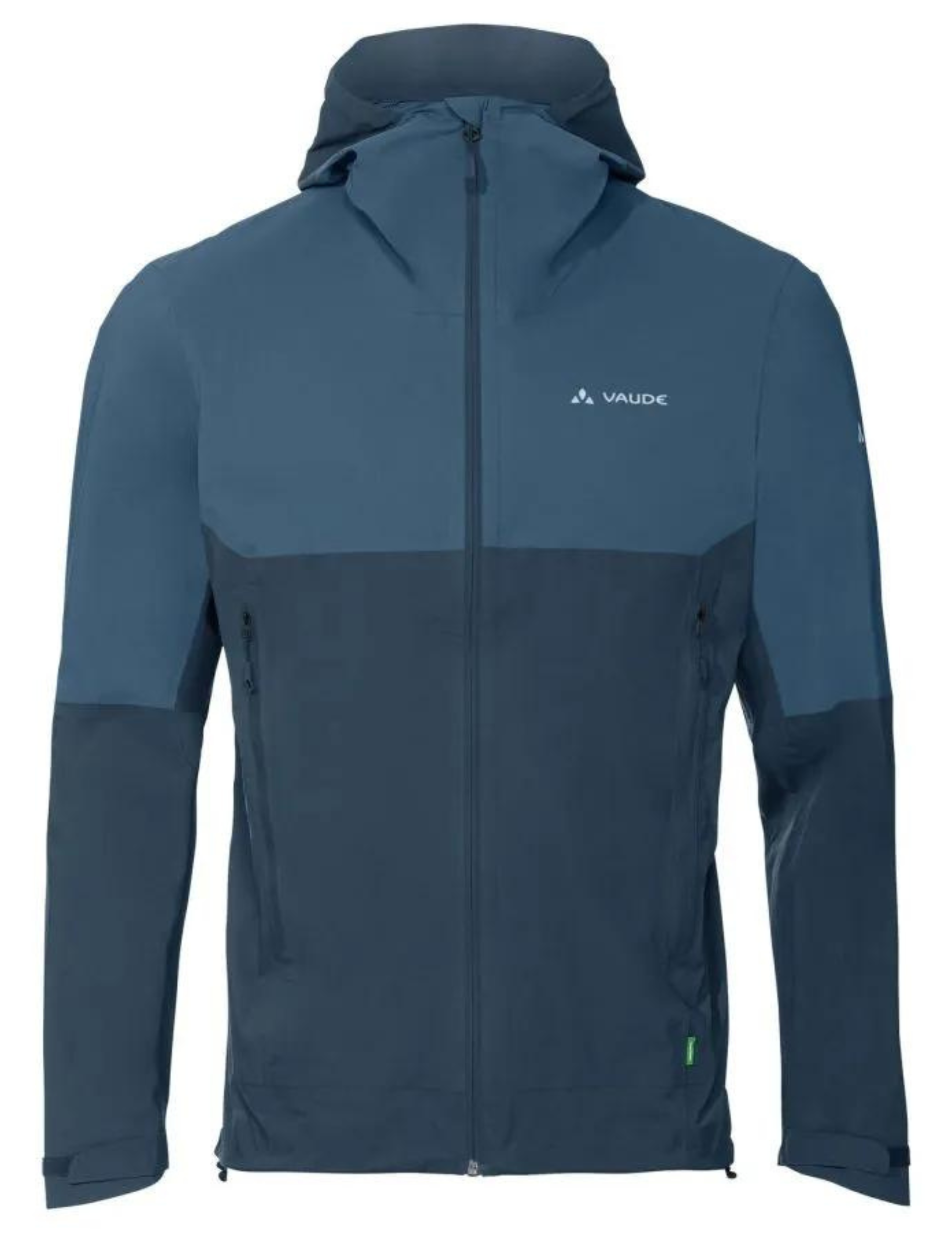
−30%
OUT15
- Prix habituel
-
229,90 € - Prix soldé
- 159,90 €
−30%
-
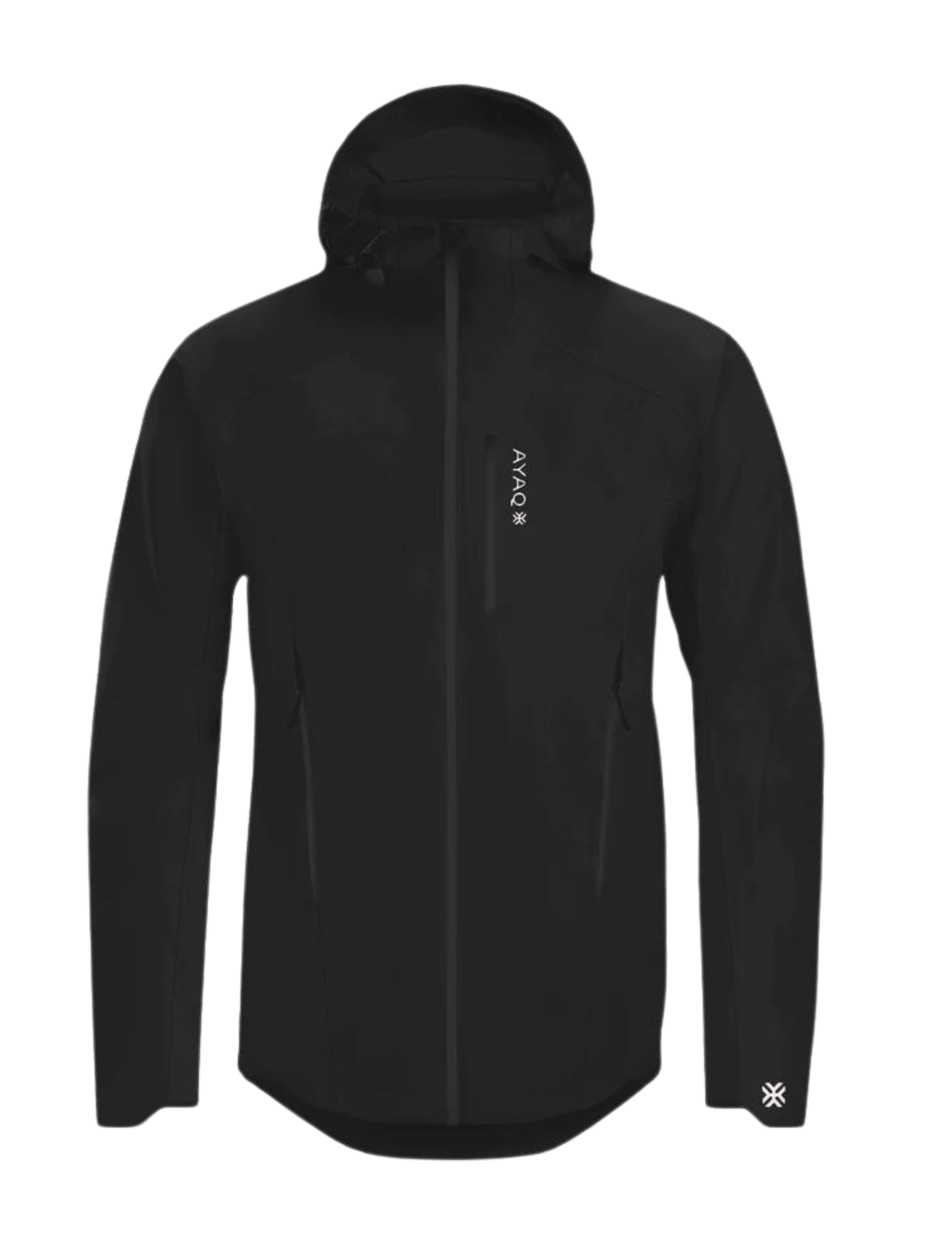
OUT15
249,00 €
-
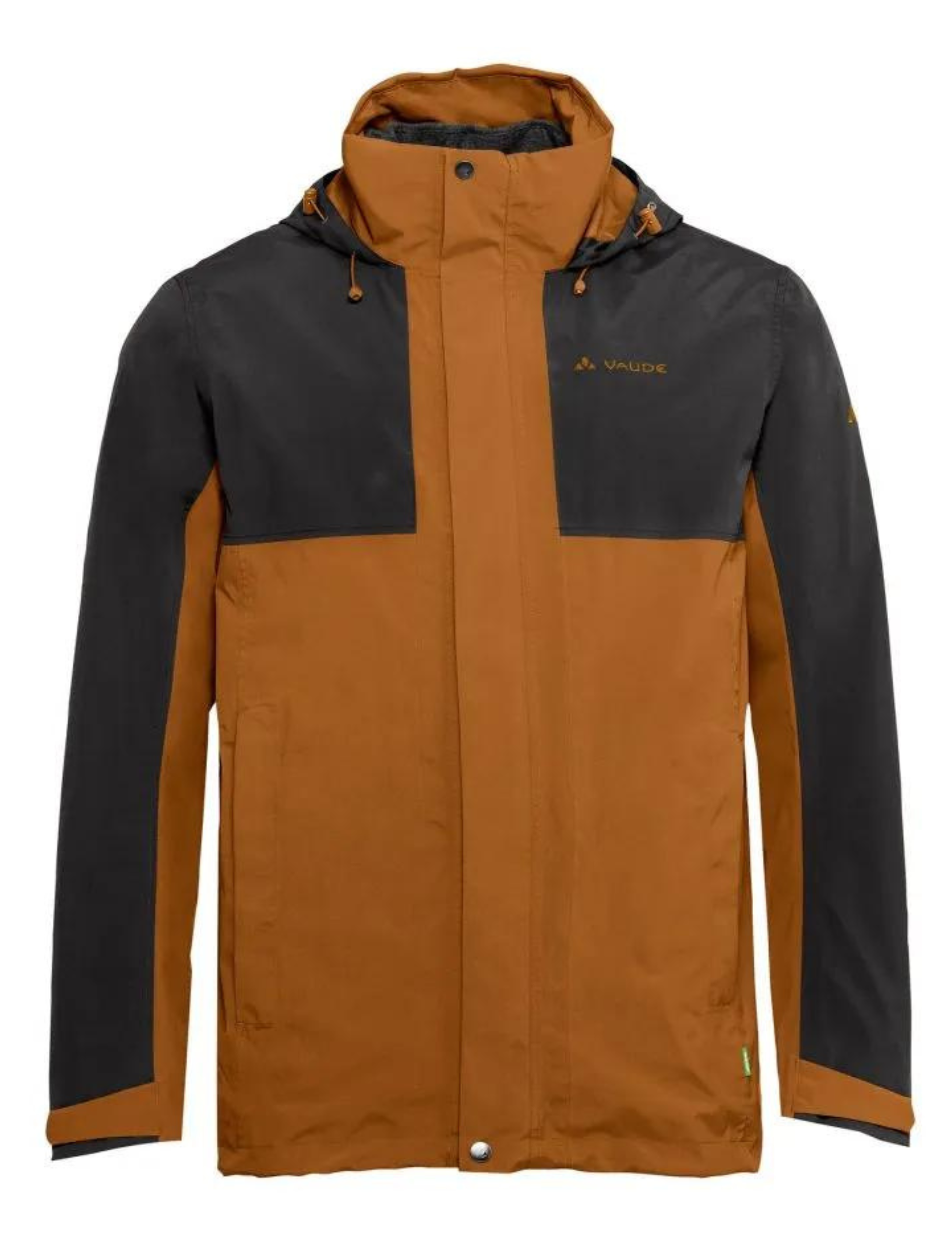
OUT15
219,90 €
-
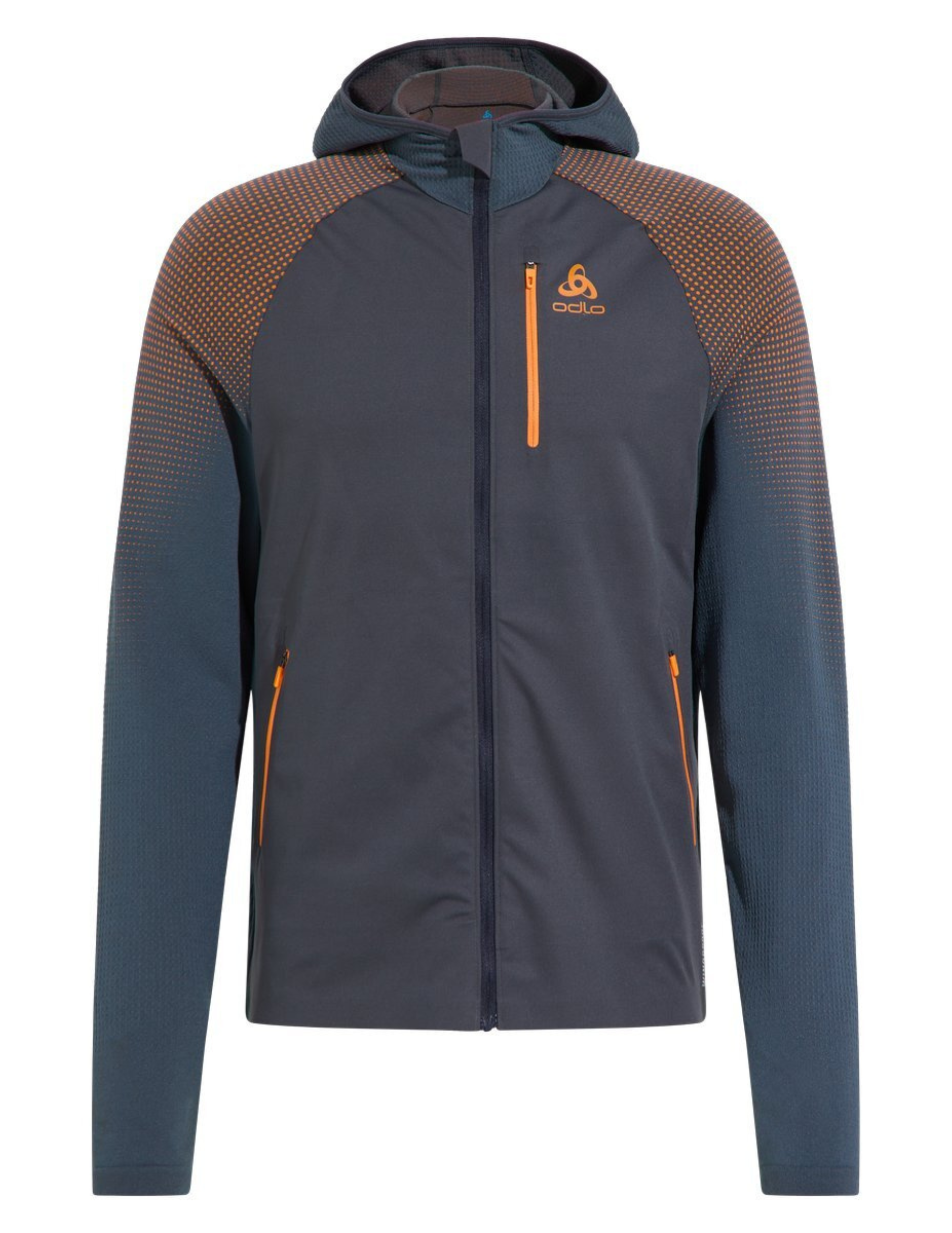
OUT15
199,90 €
-
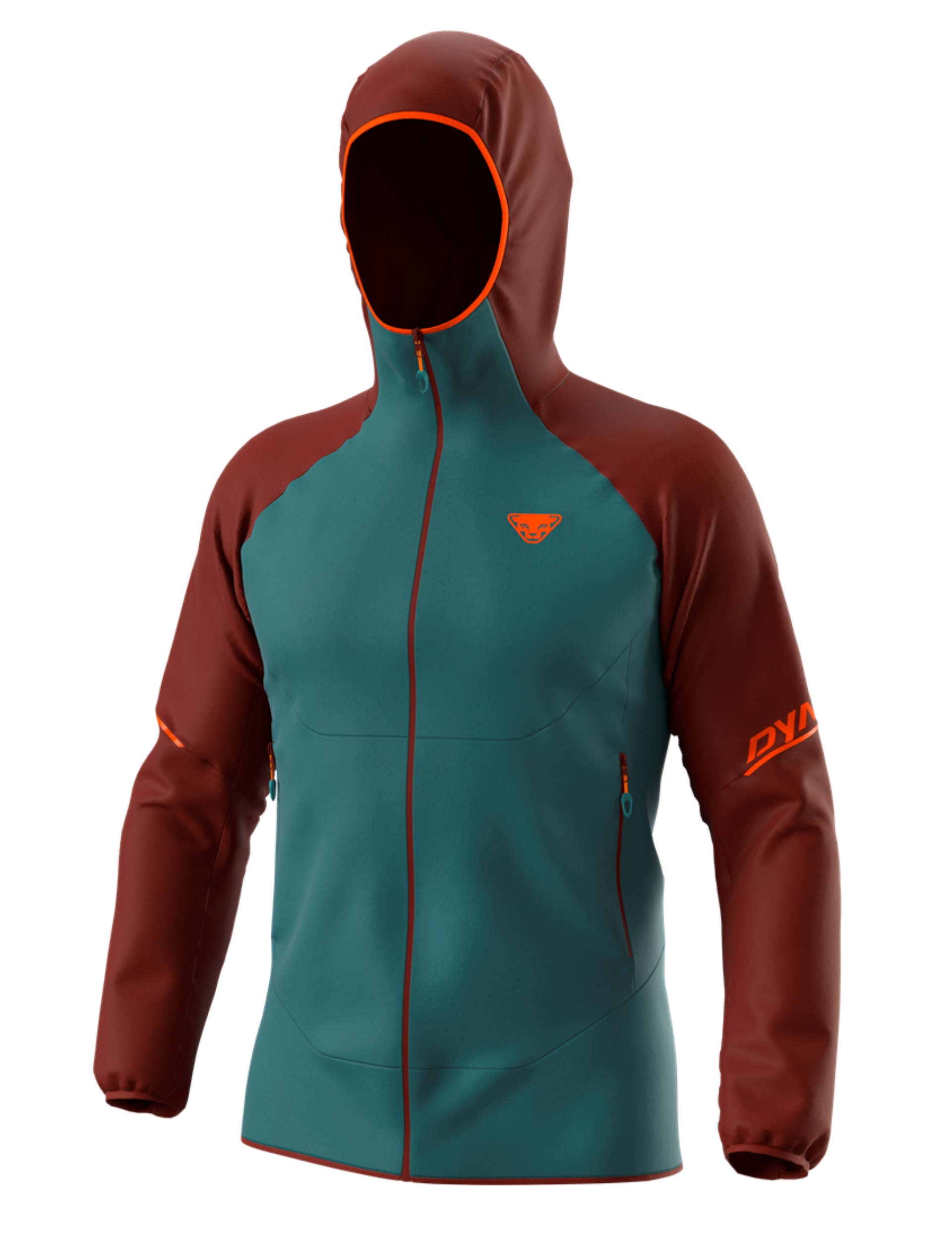
OUT15
159,90 €
-

−25%
OUT15
- Prix habituel
-
399,90 € - Prix soldé
- 299,90 €
−25%
-
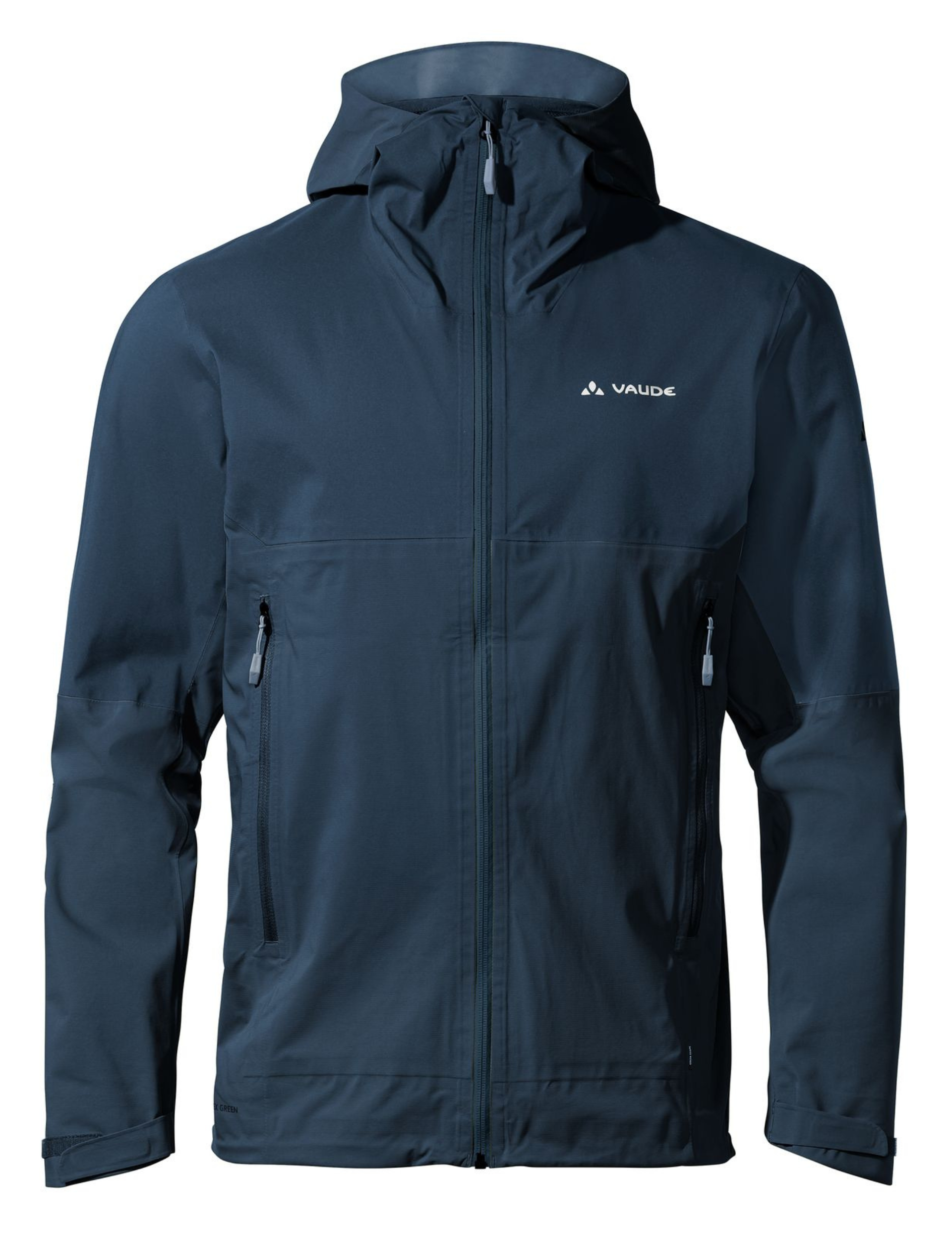
−27%
OUT15
- Prix habituel
-
219,90 € - Prix soldé
- 159,90 €
−27%
-

−20%
OUT15
- Prix habituel
-
199,90 € - Prix soldé
- 159,90 €
−20%
-

−20%
OUT15
- Prix habituel
-
159,90 € - Prix soldé
- 127,90 €
−20%
-
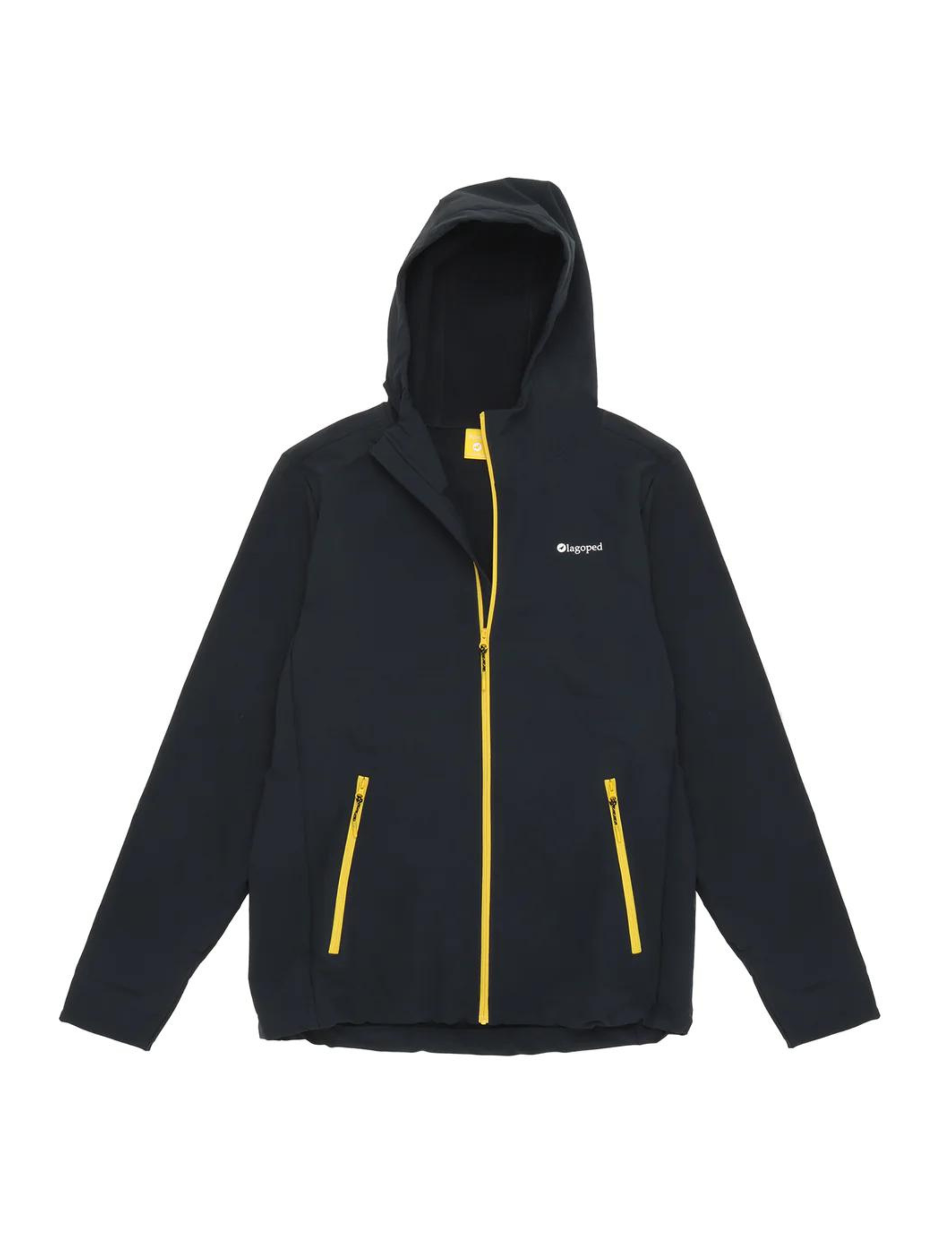
239,90 €
-
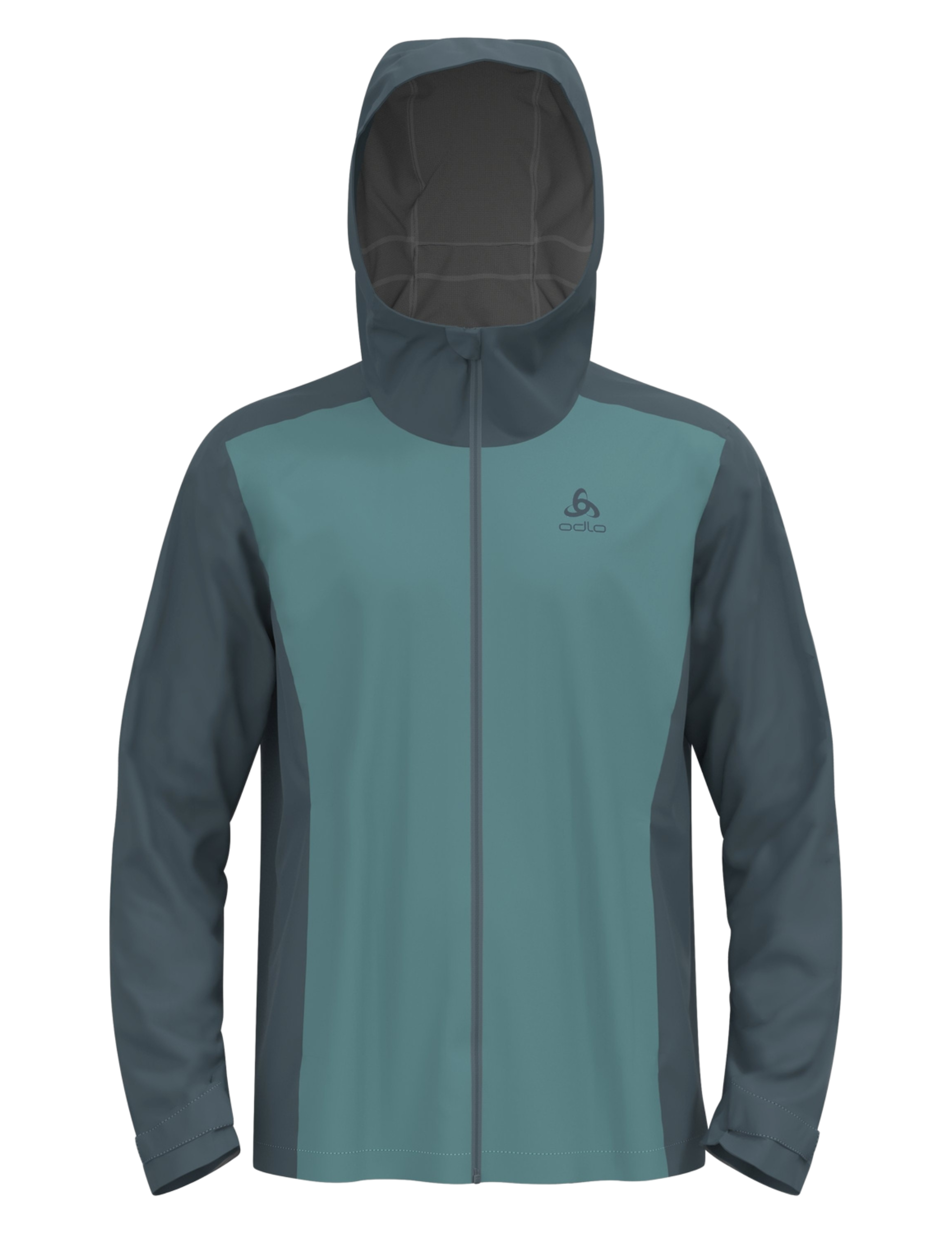
OUT15
169,90 €
-
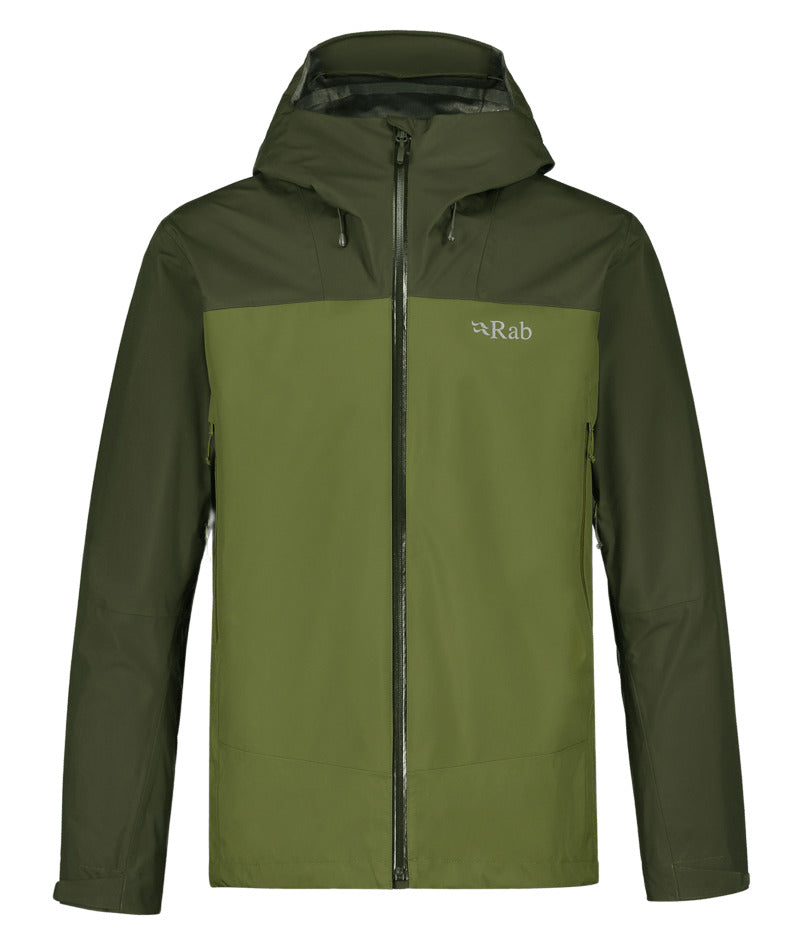
−14%
OUT15
- Prix habituel
-
269,90 € - Prix soldé
- 229,90 €
−14%
-
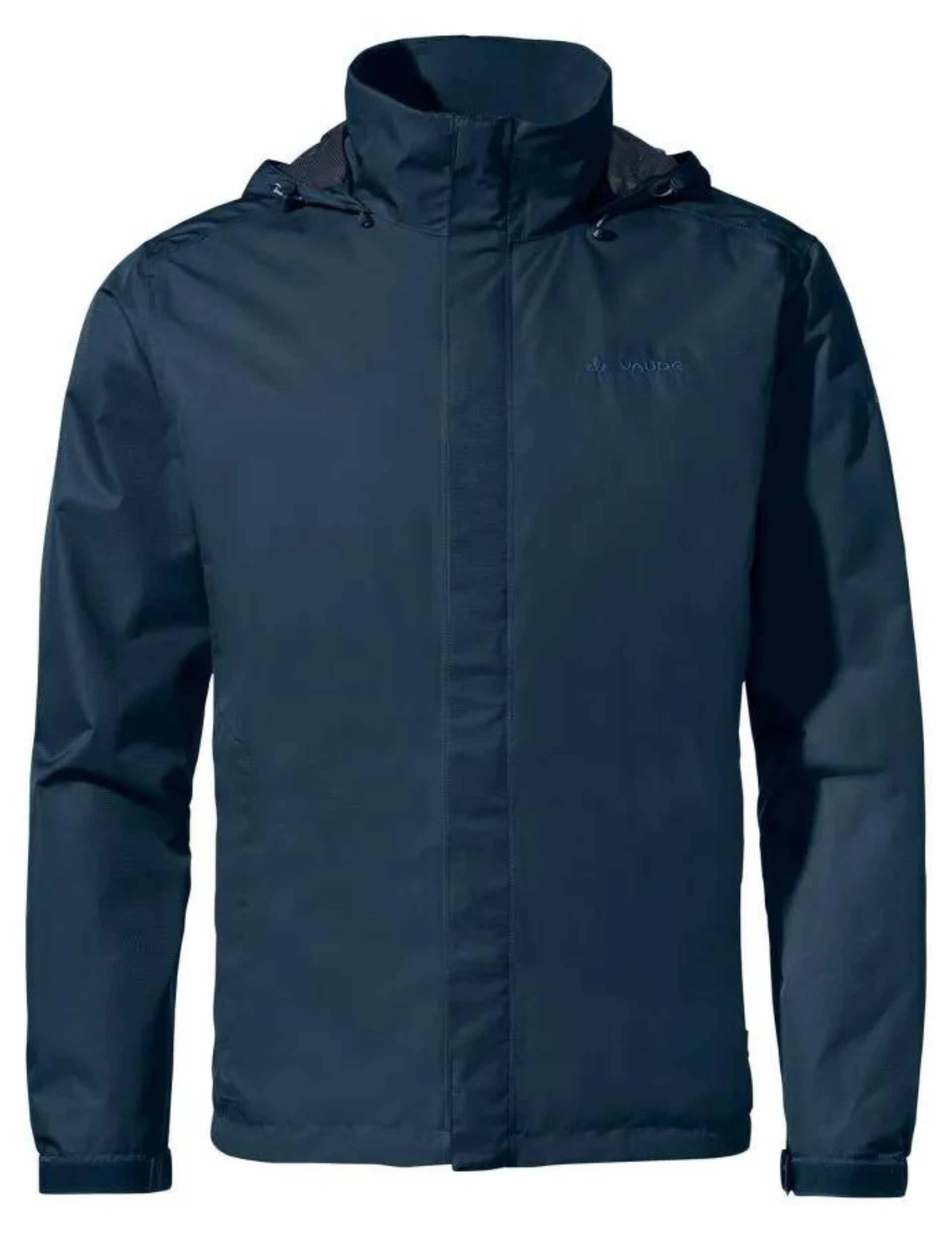
OUT15
119,90 €
-
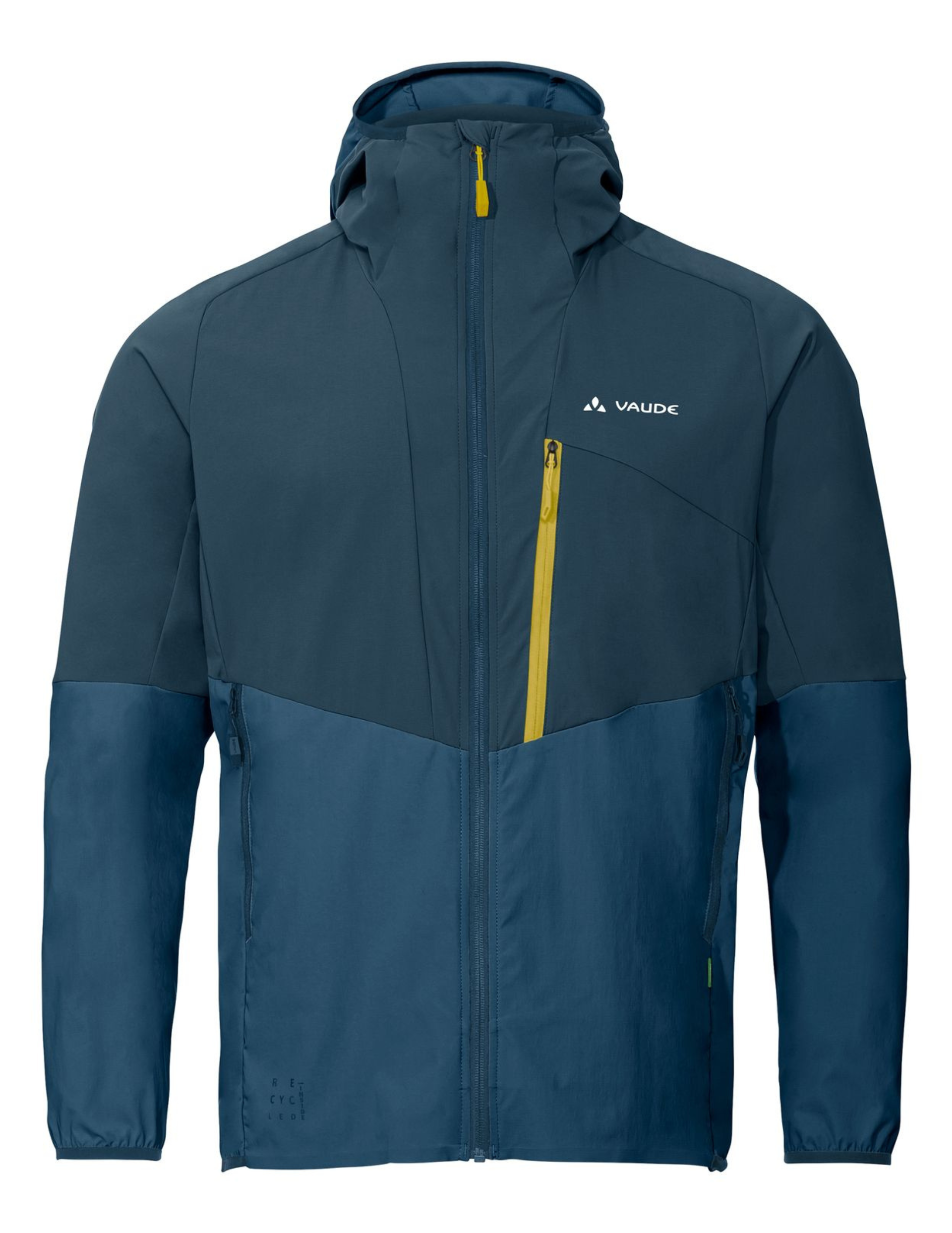
−20%
OUT15
- Prix habituel
-
169,90 € - Prix soldé
- 135,90 €
−20%
-
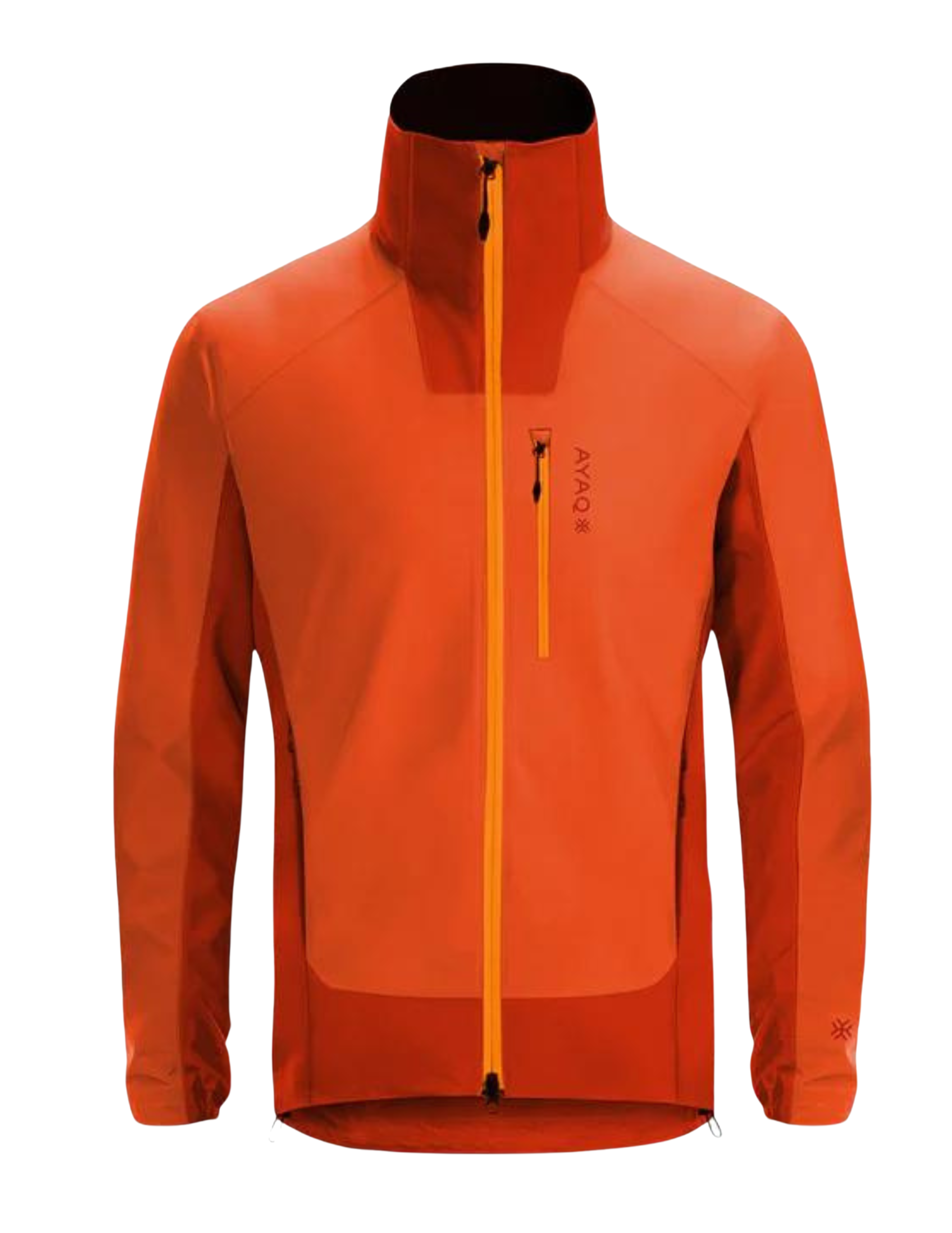
OUT15
249,00 €
-
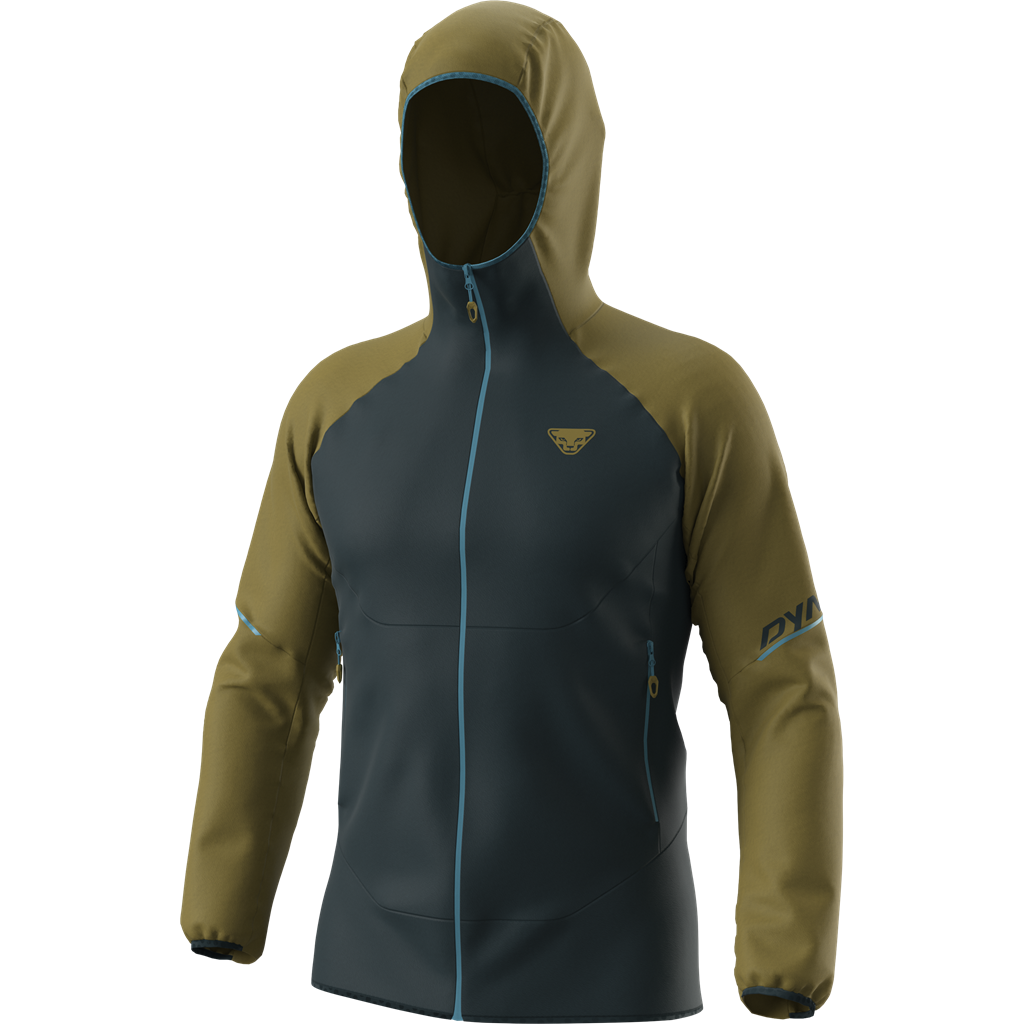
OUT15
159,90 €
-
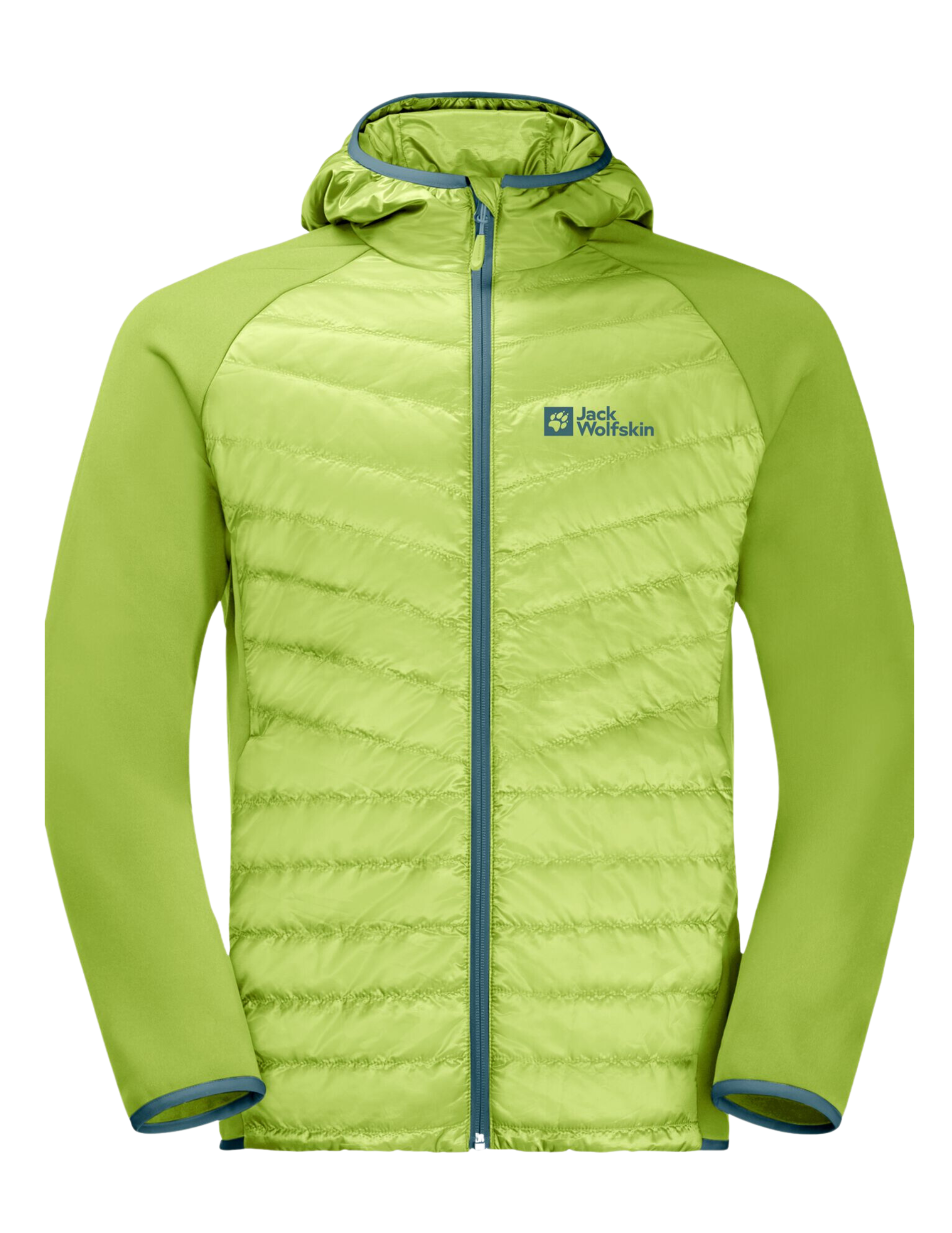
OUT15
139,95 €
-
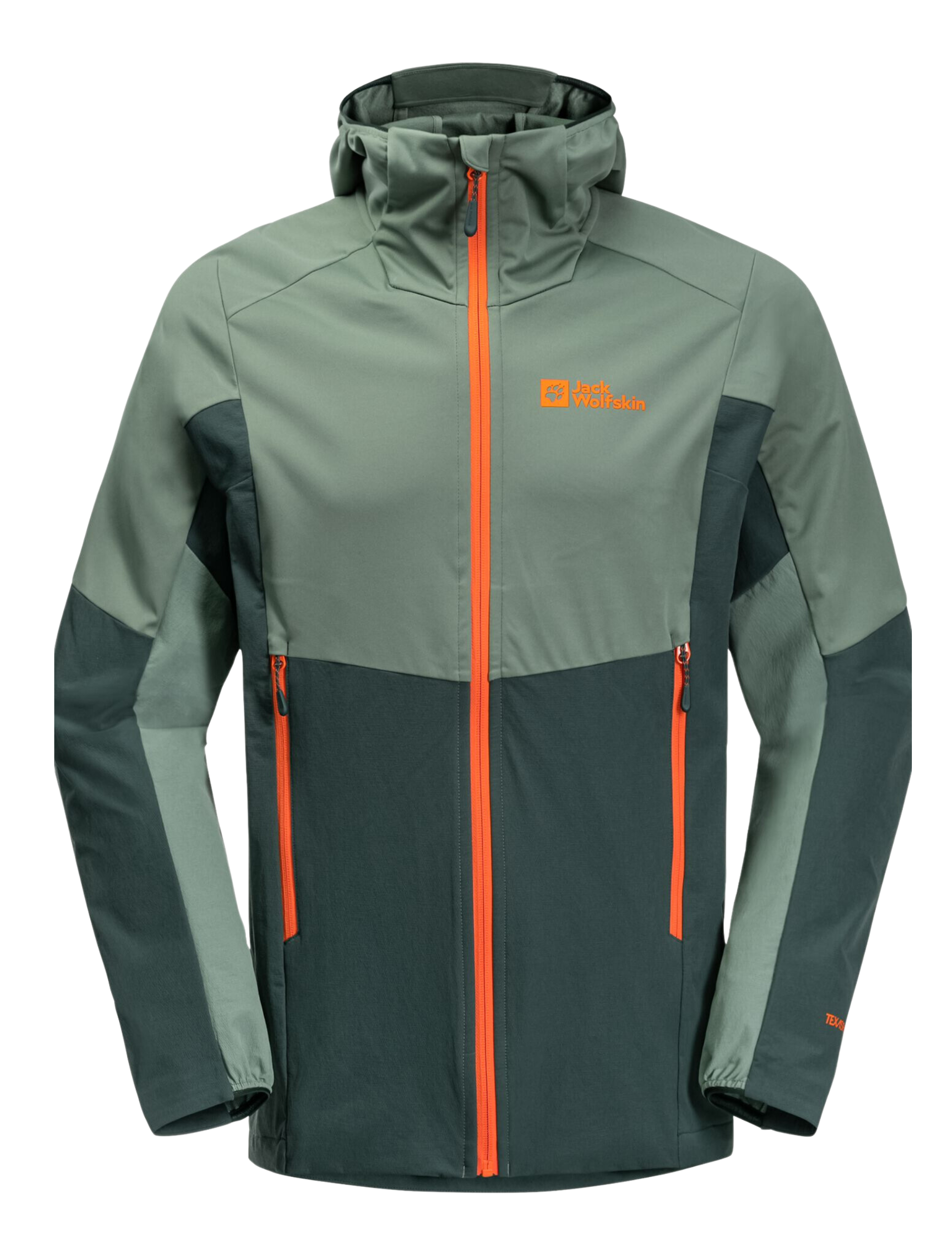
OUT15
169,90 €
-
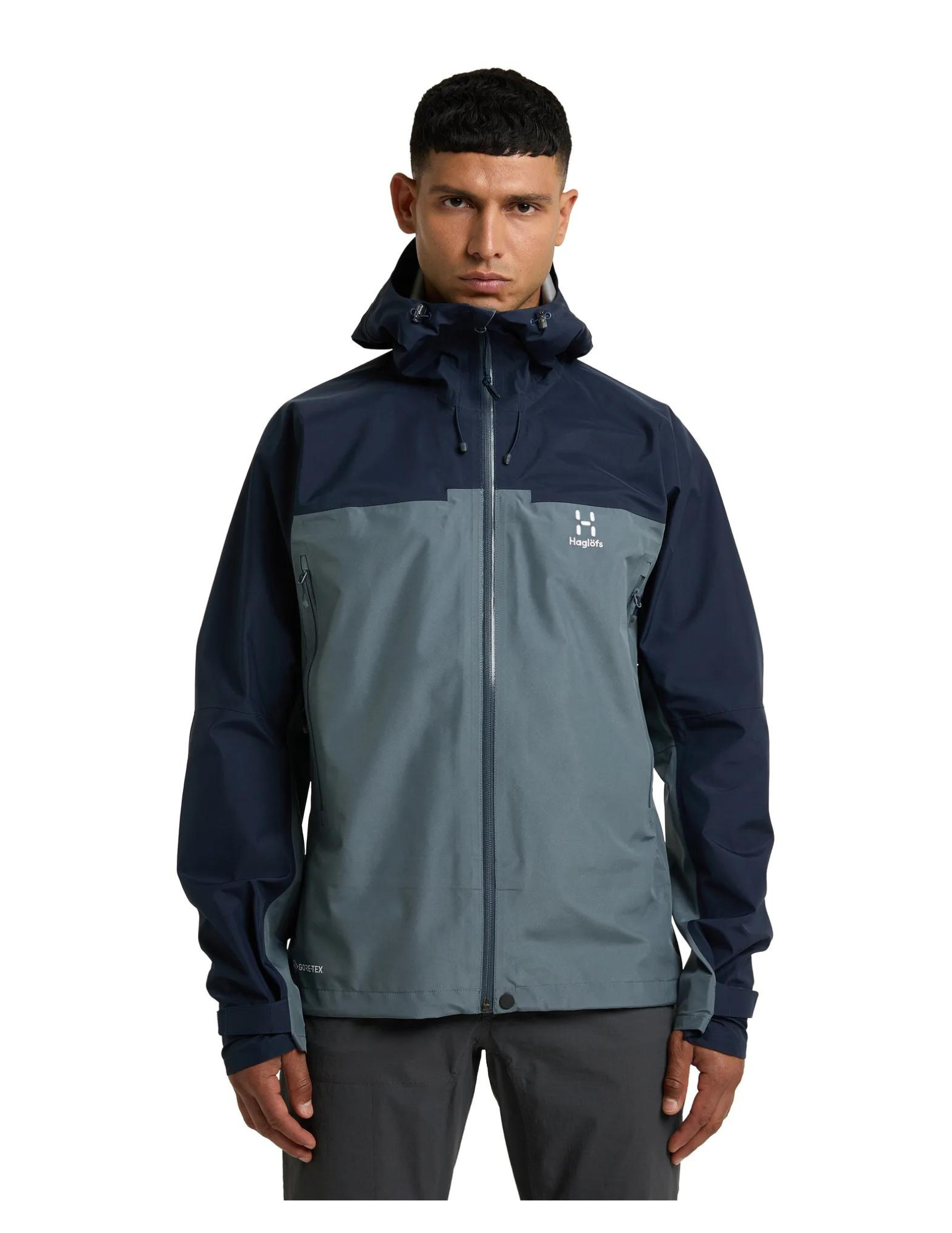
OUT15
399,90 €
-
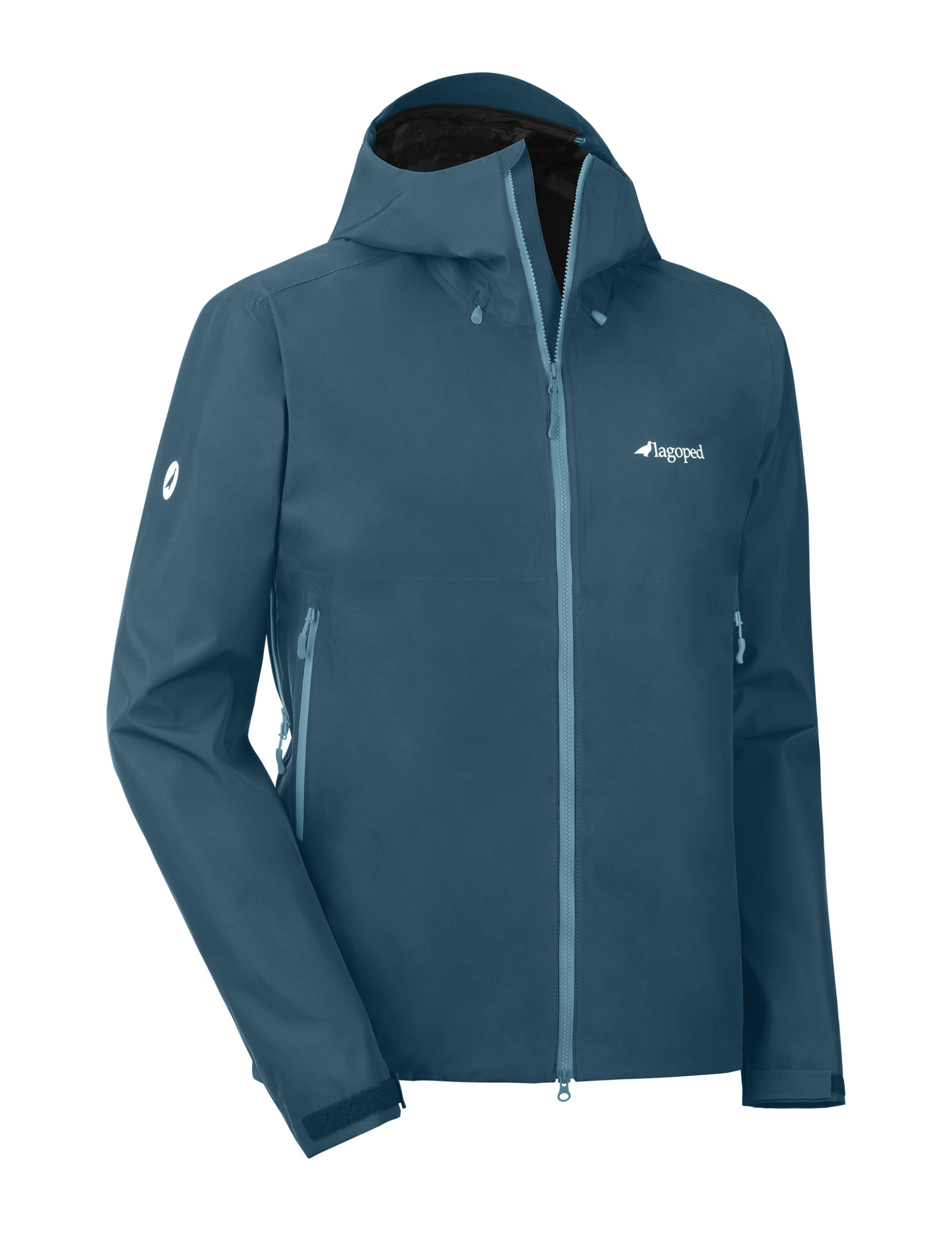
479,90 €
-
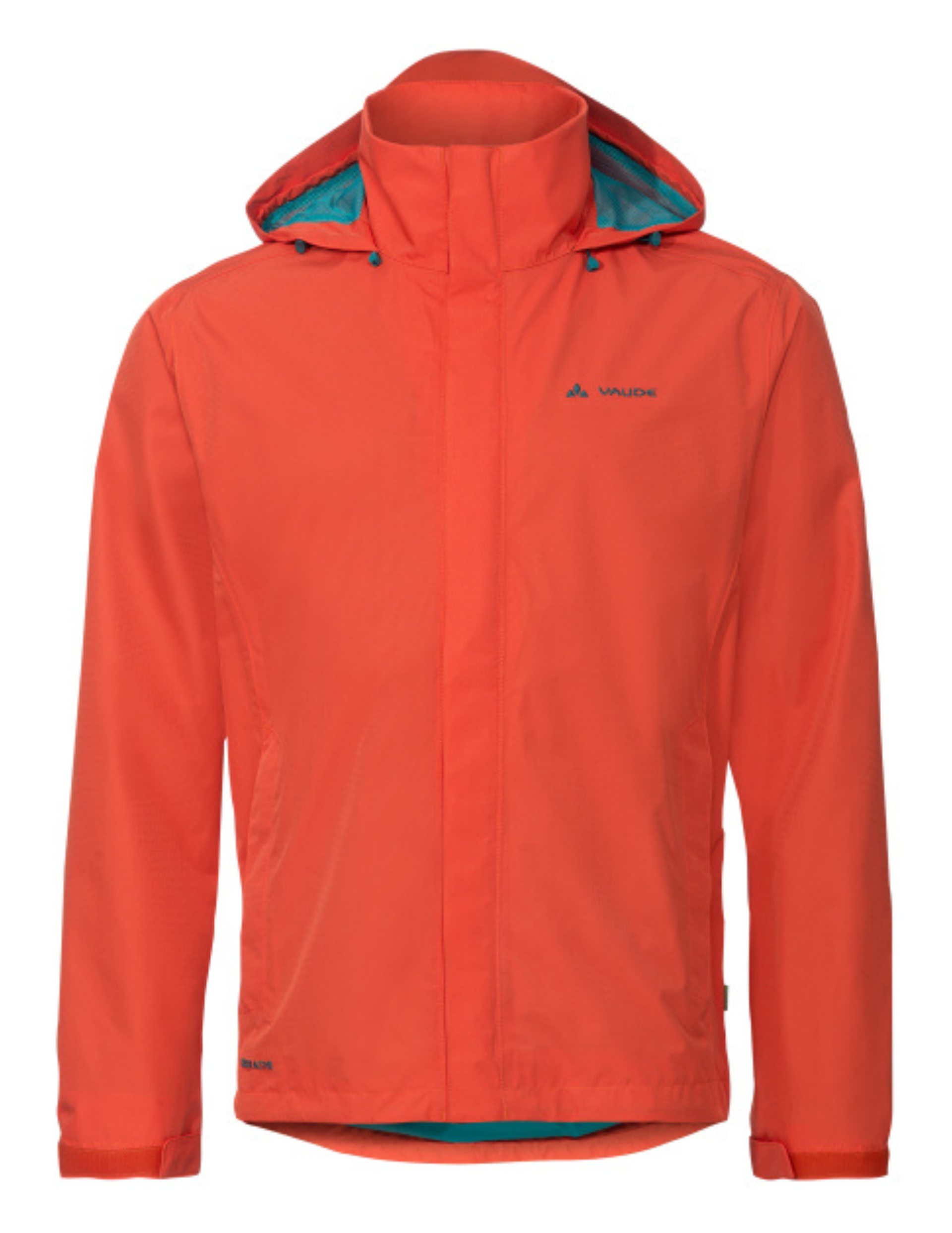
OUT15
109,90 €
-
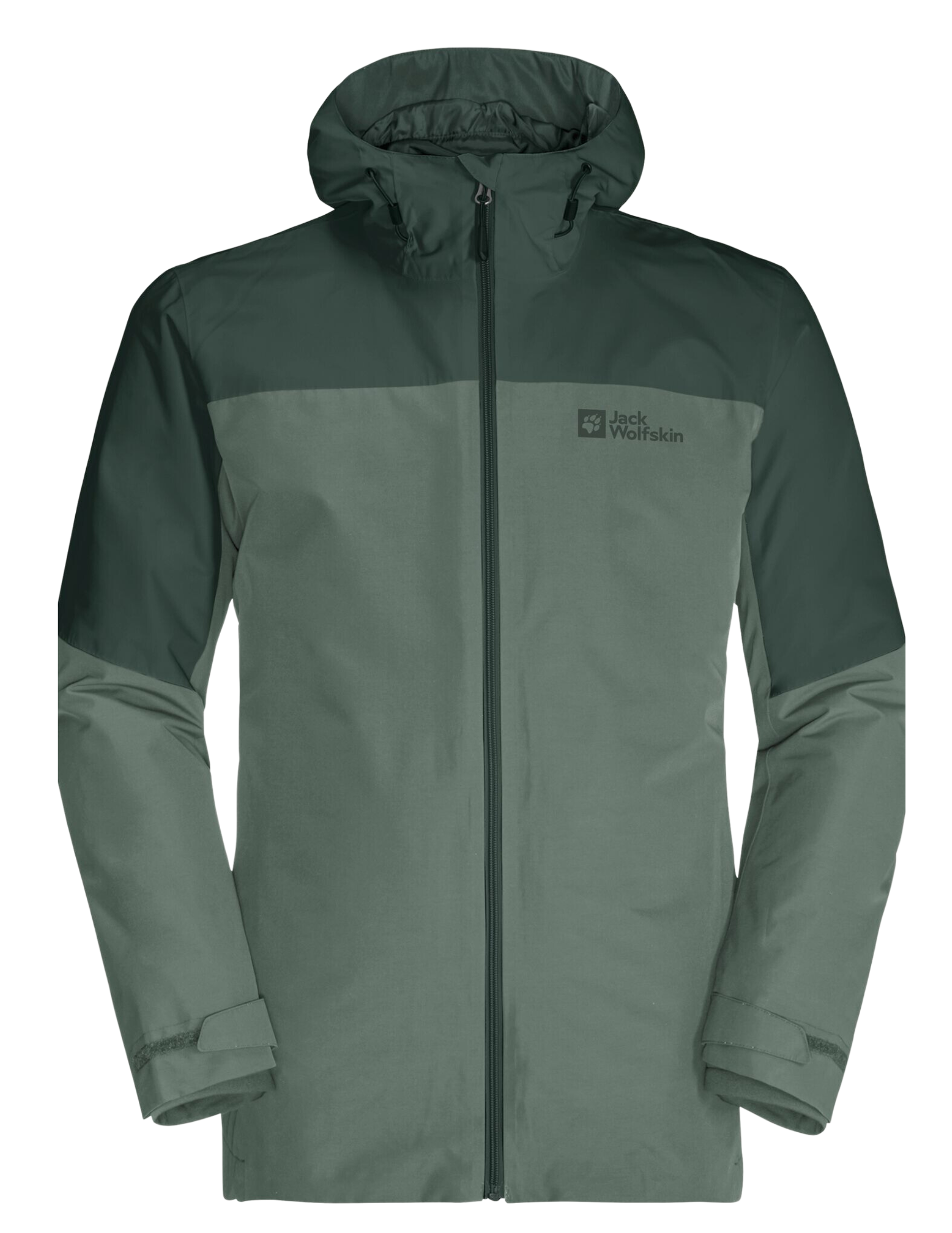
−20%
OUT15
- Prix habituel
-
249,95 € - Prix soldé
- 199,90 €
−20%
-
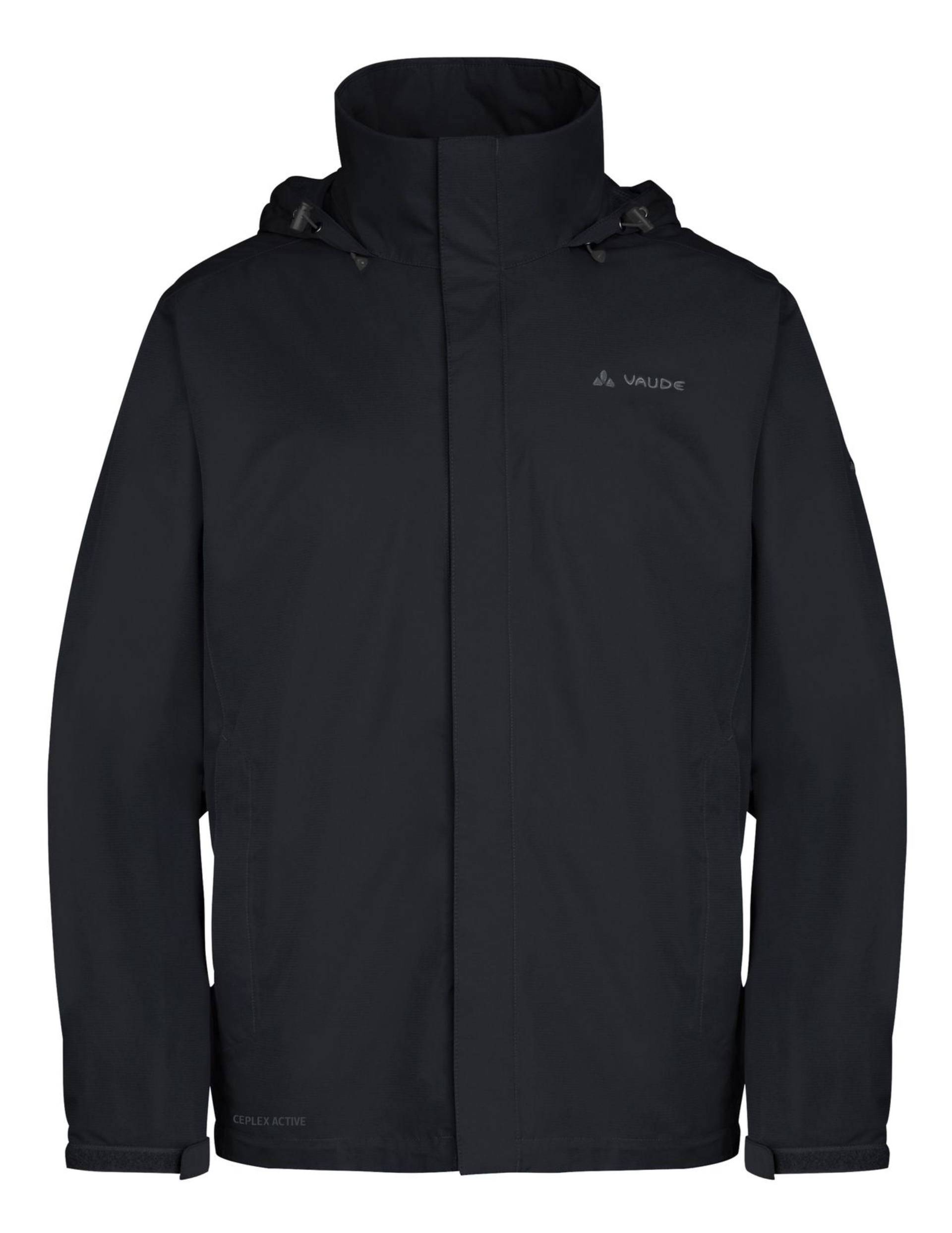
OUT15
109,90 €
-
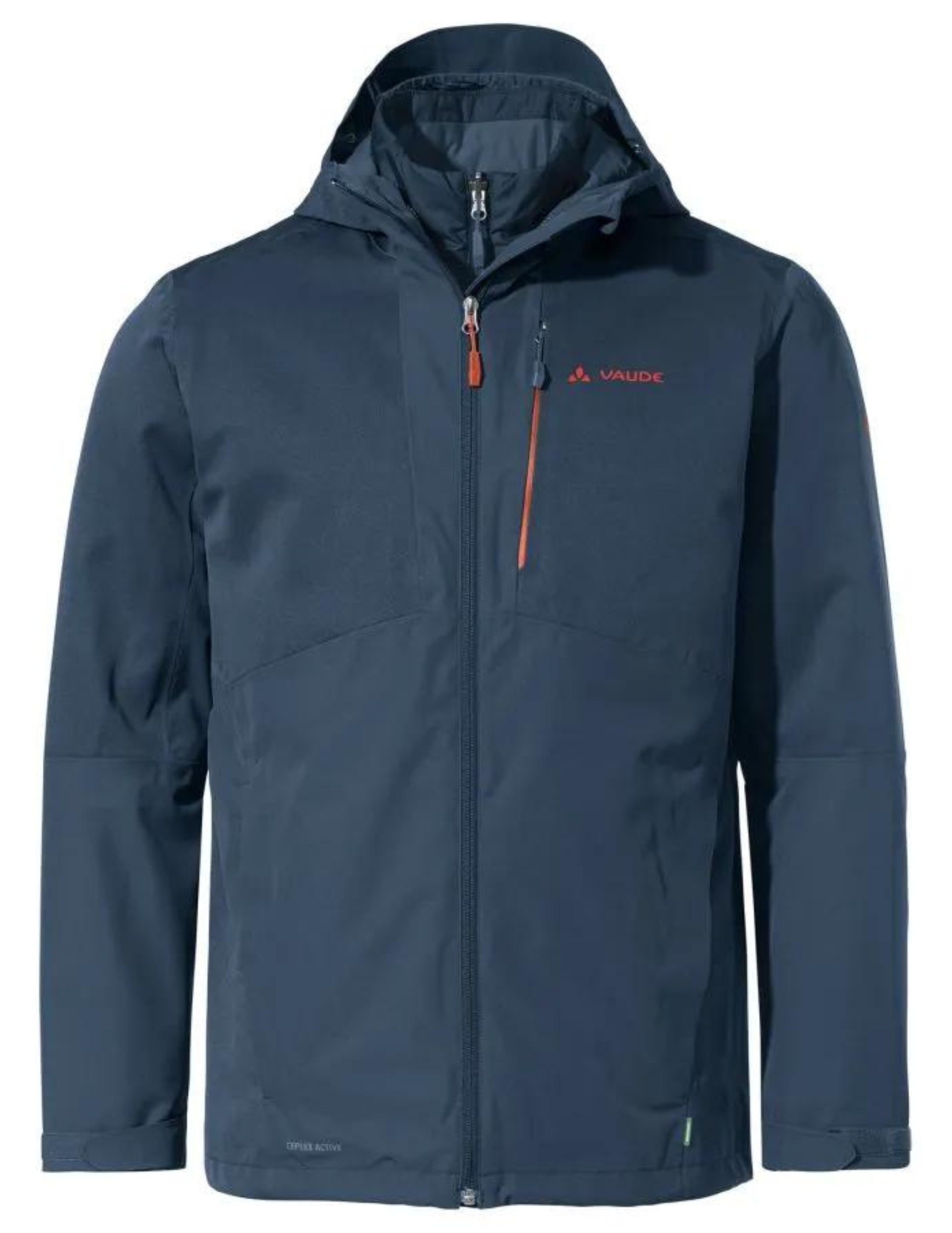
−27%
OUT15
- Prix habituel
-
359,90 € - Prix soldé
- 259,90 €
−27%
-
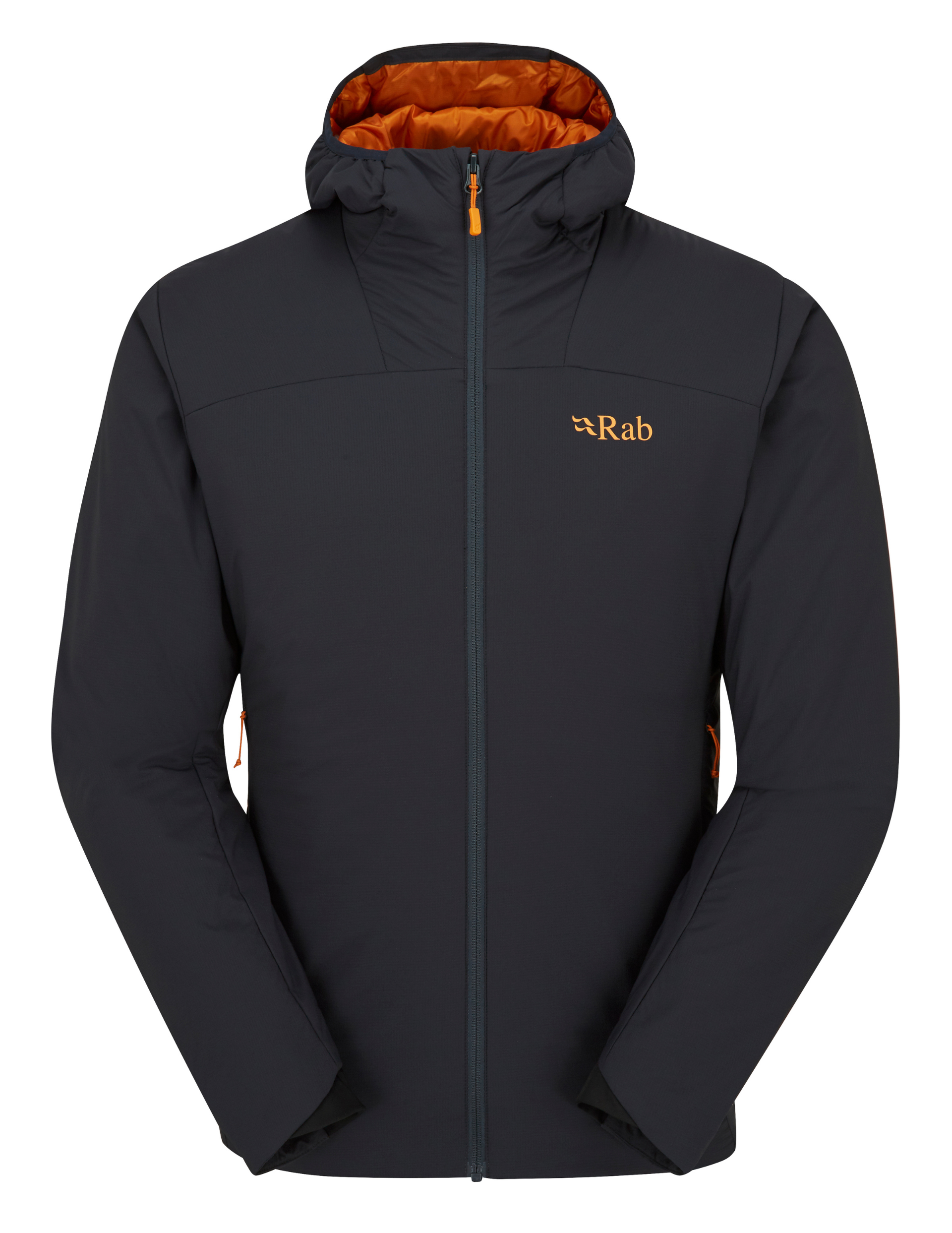
−18%
OUT15
- Prix habituel
-
219,90 € - Prix soldé
- 179,90 €
−18%
-
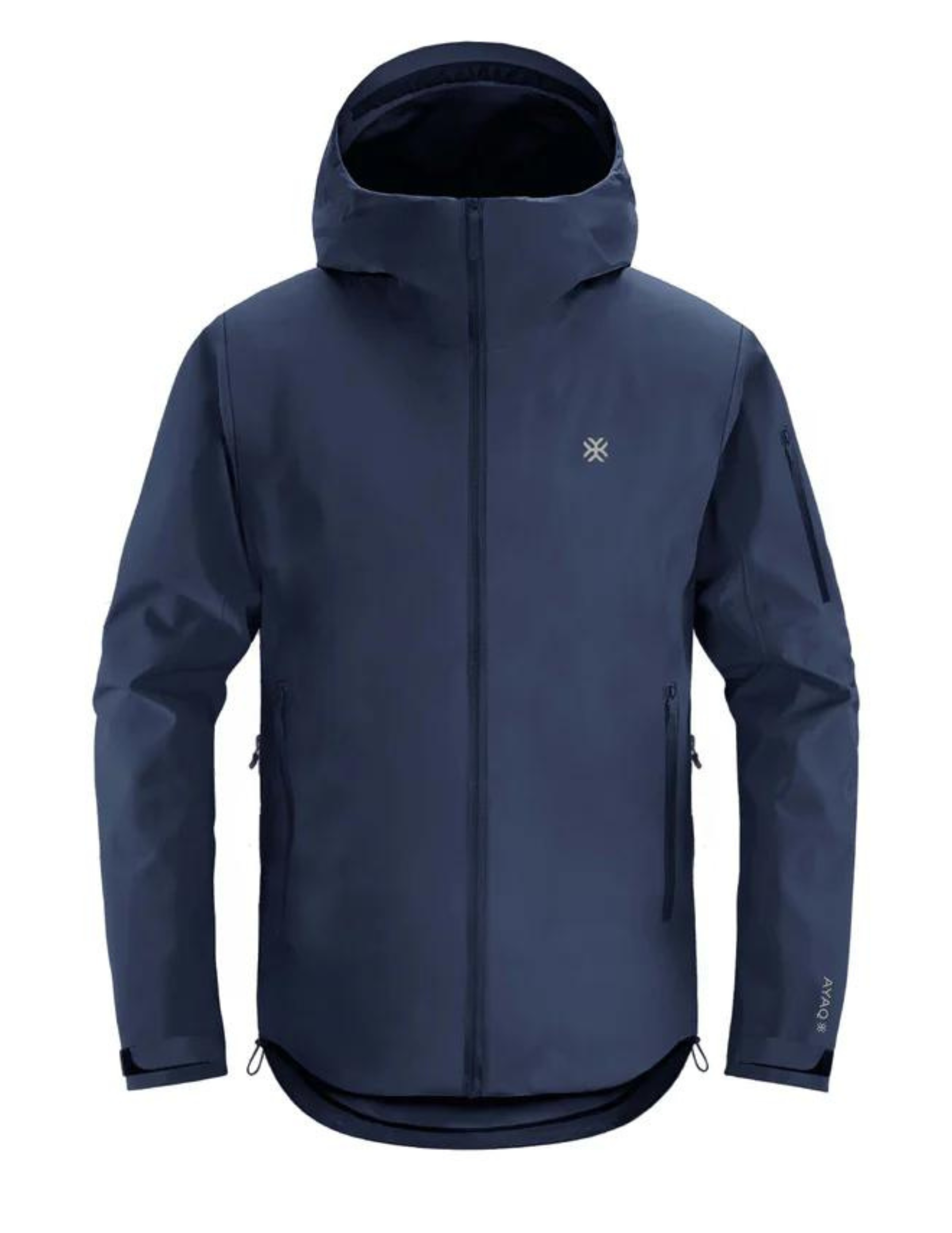
OUT15
489,00 €
-
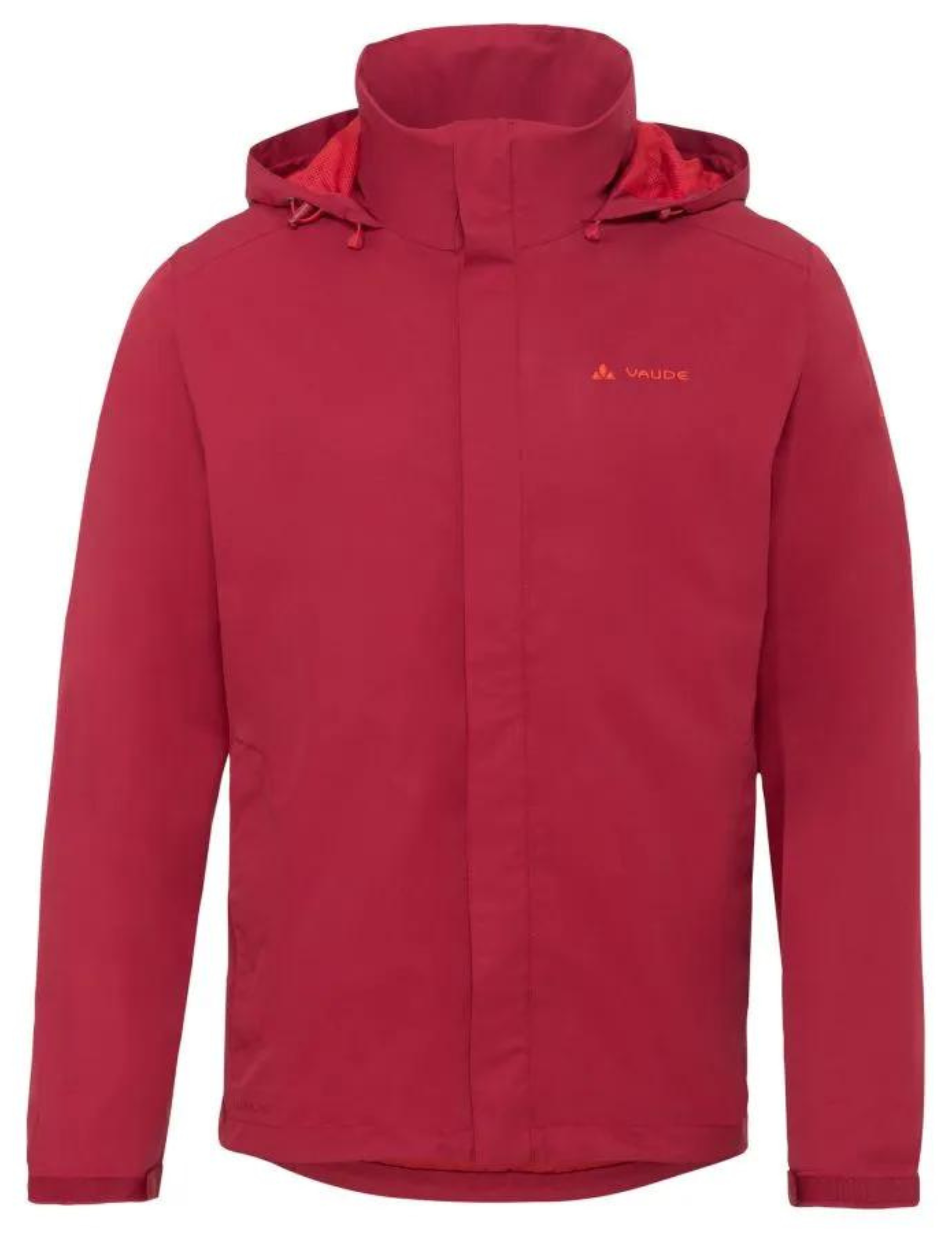
OUT15
119,90 €
-
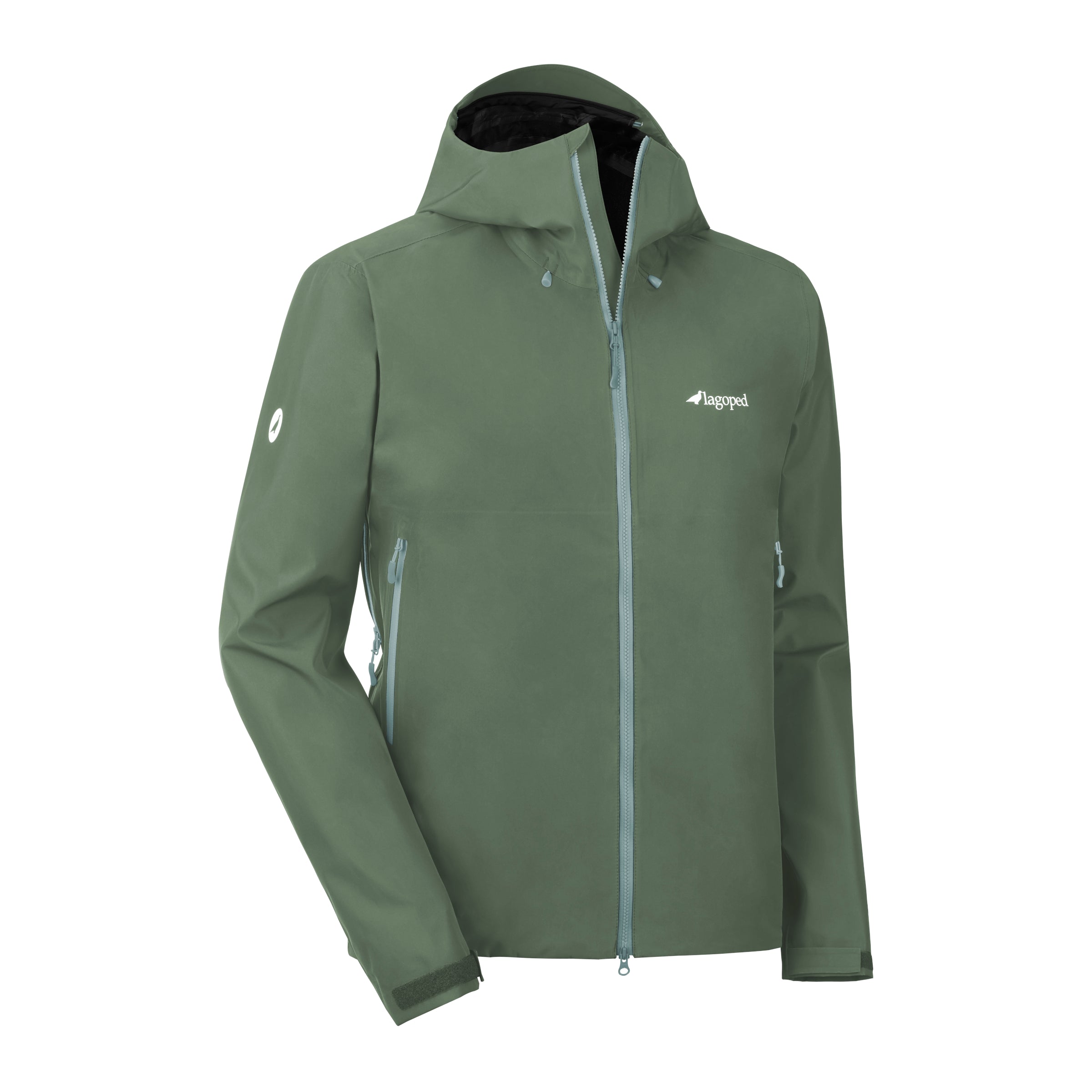
479,90 €
-

−25%
OUT15
- Prix habituel
-
319,90 € - Prix soldé
- 239,90 €
−25%
-
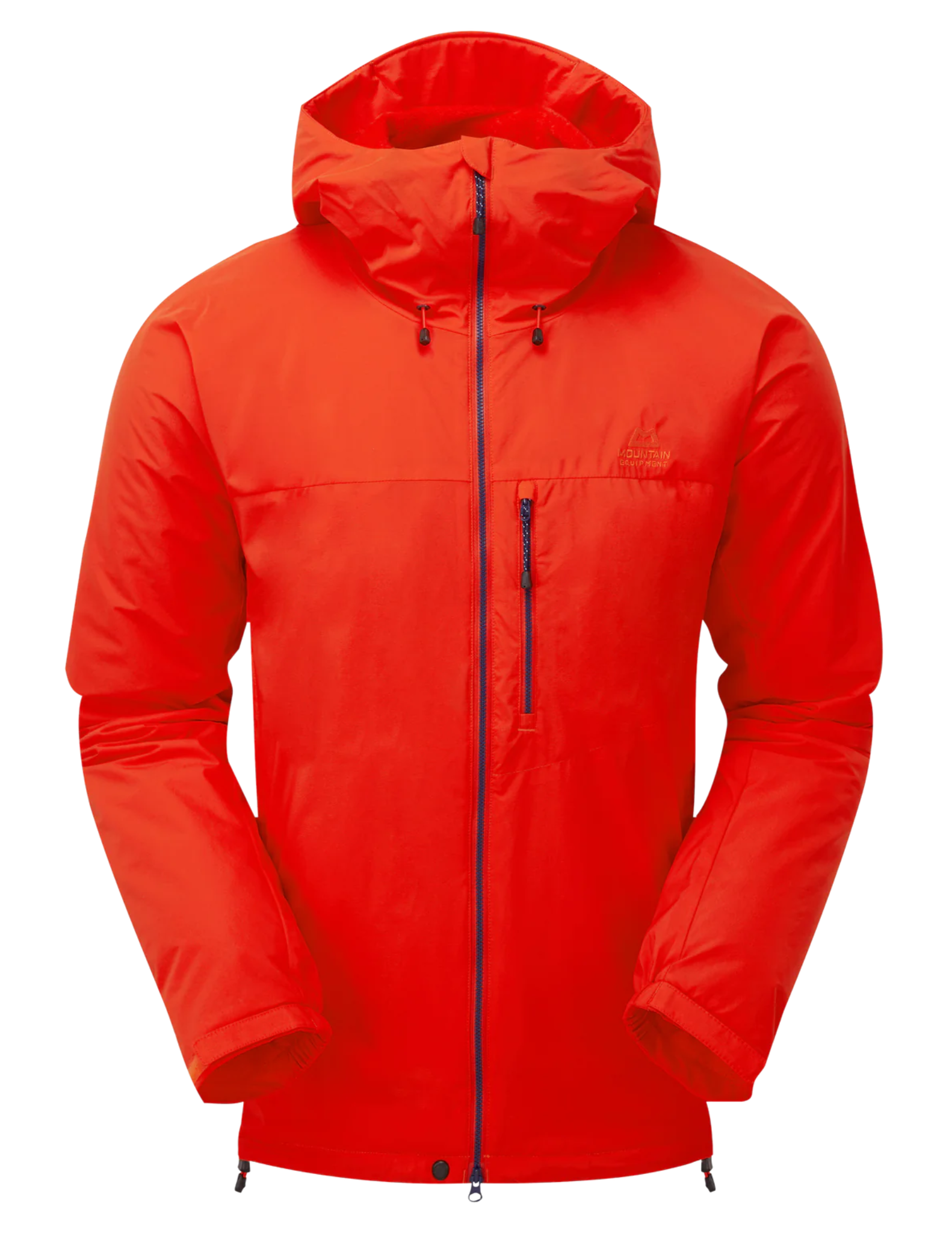
−20%
OUT15
- Prix habituel
-
229,90 € - Prix soldé
- 182,90 €
−20%
-
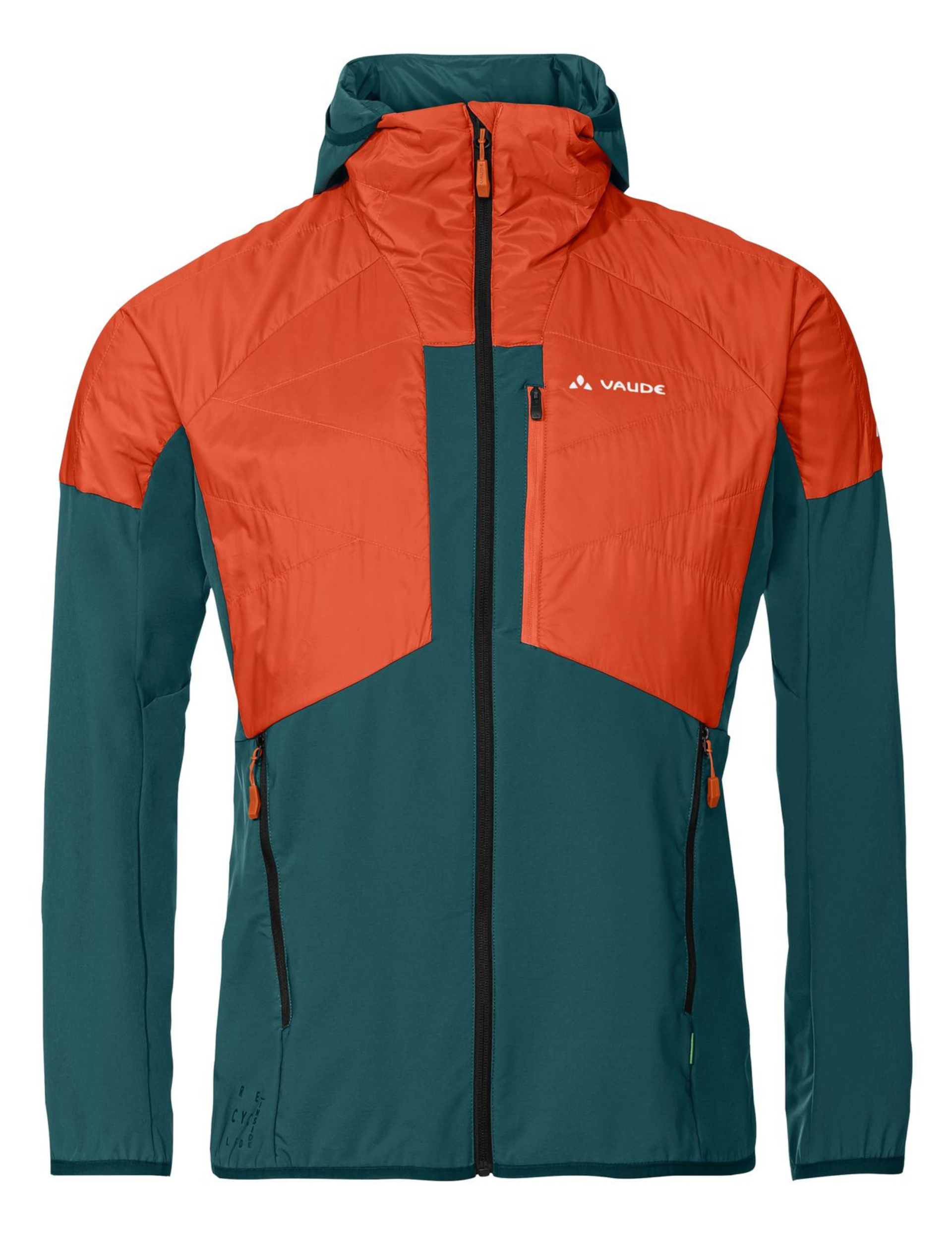
OUT15
129,90 €
-
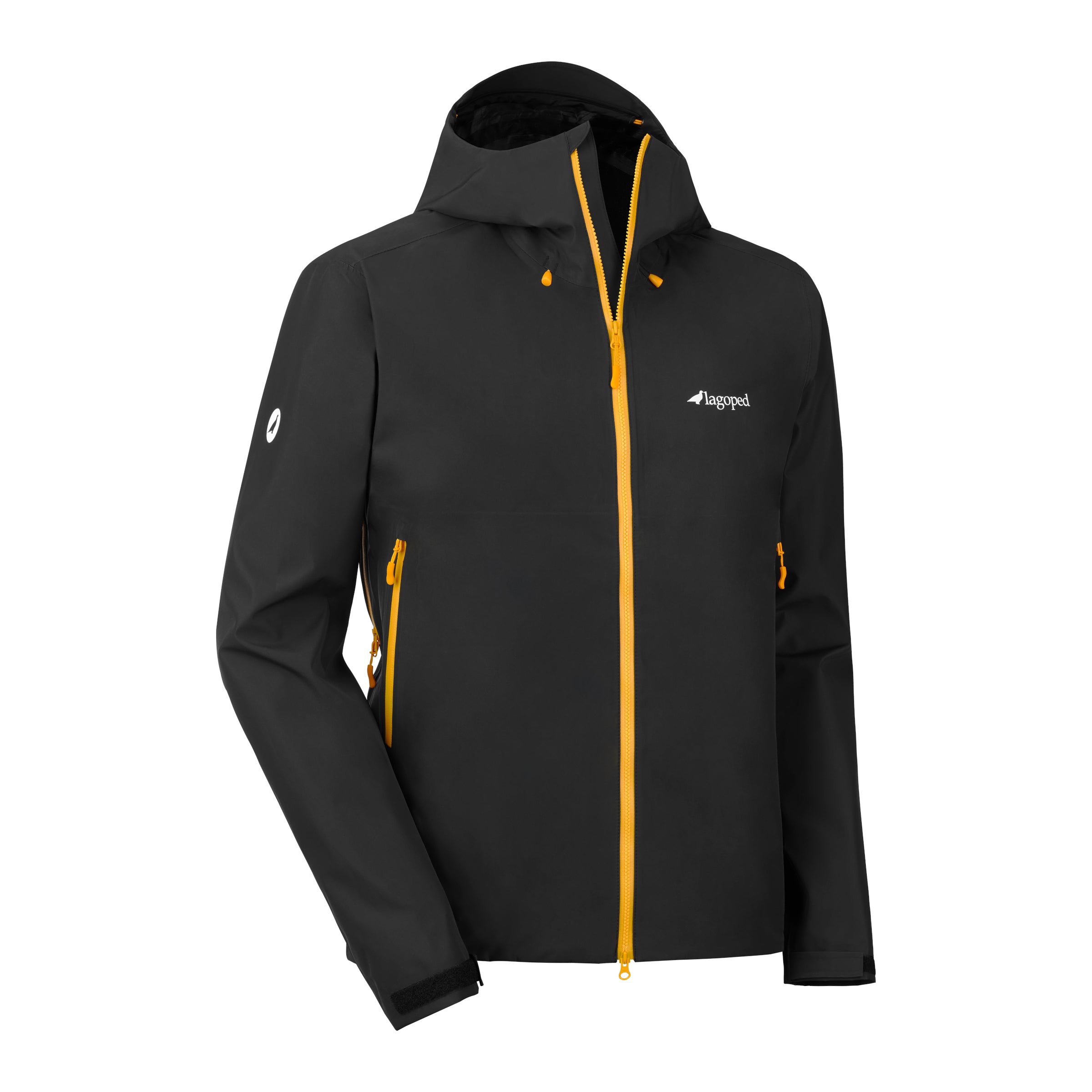
479,90 €
-
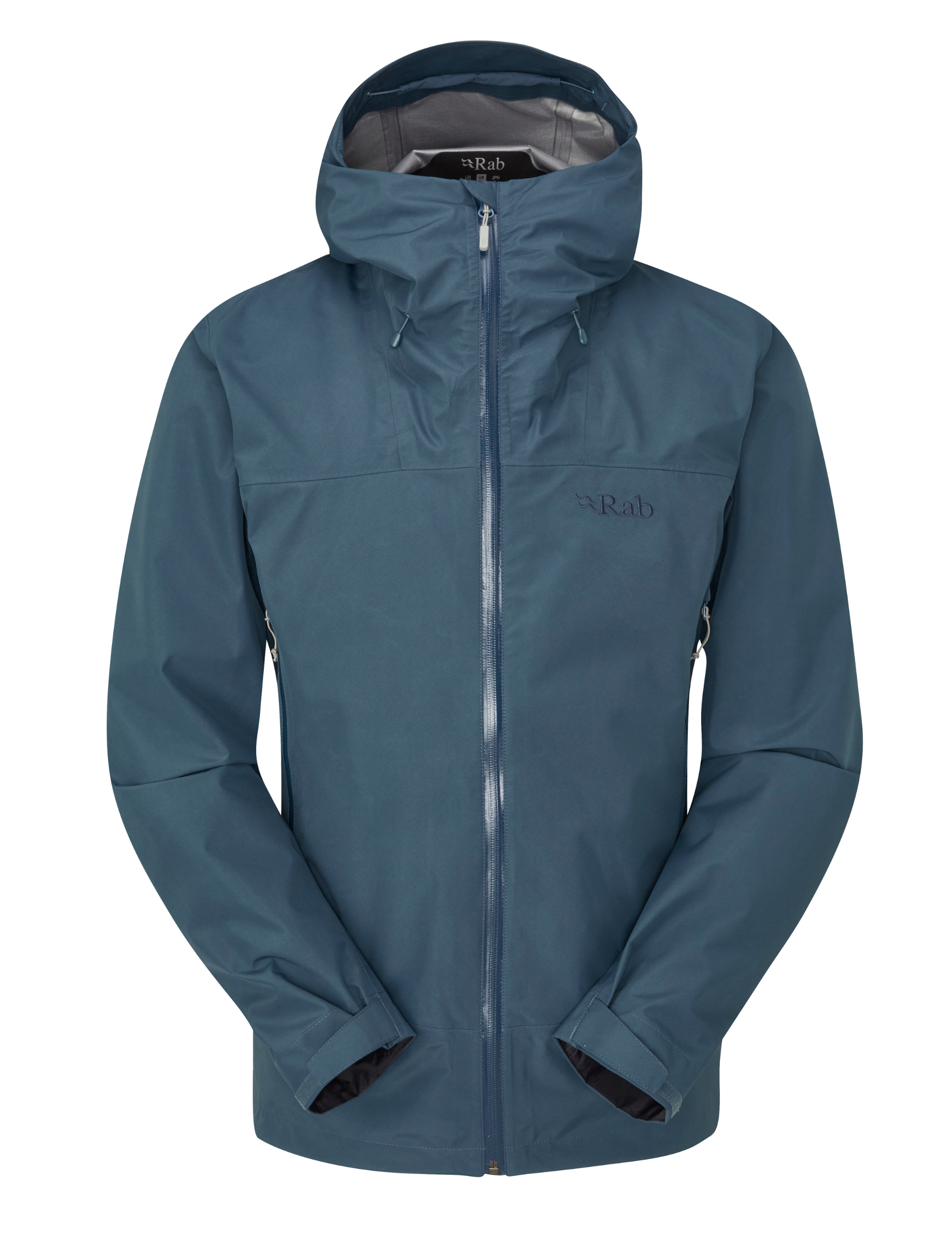
−15%
OUT15
- Prix habituel
-
359,90 € - Prix soldé
- 304,90 €
−15%
-
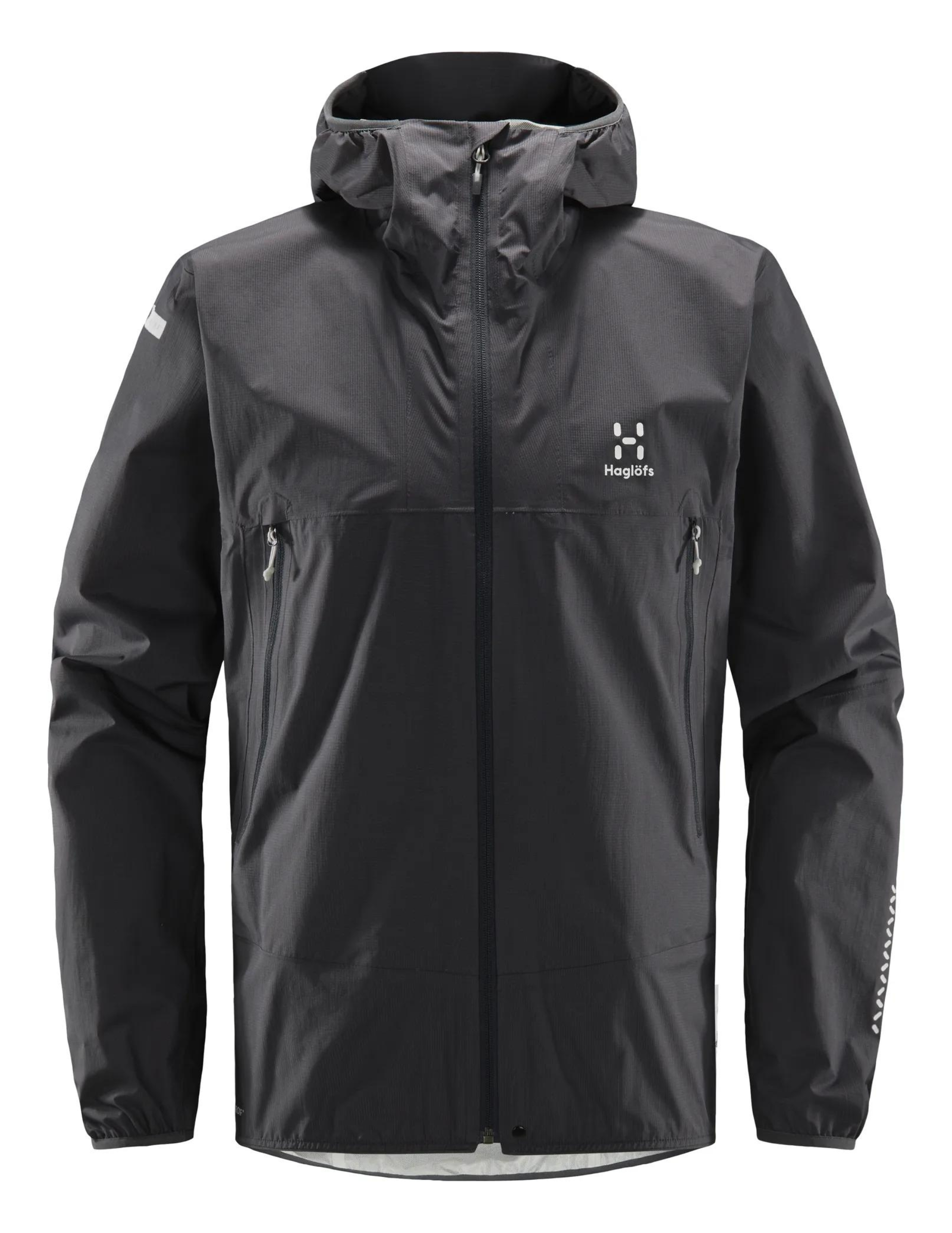
−21%
OUT15
- Prix habituel
-
229,90 € - Prix soldé
- 179,90 €
−21%
-

OUT15
169,95 €
Choosing the perfect men's hiking jacket: the practical Muule guide
Here are the key elements for choosing a men's hiking jacket.
Aside from the technical considerations that apply to all jackets , the most important element for a men's jacket will be the cut and fit. A suitable cut promotes mobility and comfort.
In this regard, it should be noted that Northern European brands (Vaude, Rab, Haglöfs, ...) tend to be large for men while Southern European brands (Dynafit) tend to be closer to the body.
Conclusion : Choosing the right hiking jacket is essential for a comfortable and safe outdoor experience. Consider your specific needs and environmental conditions to make the best choice.
Browse our other Rando-Bivouac textile categories for men: Men's Hiking Pants, Men's Hiking Shorts, Men's Down Jackets, Men's Fleeces, Men's technical underwear, men's hiking T-shirts.
And if you have any questions or need further advice, our team of experts is always here to help.
















































